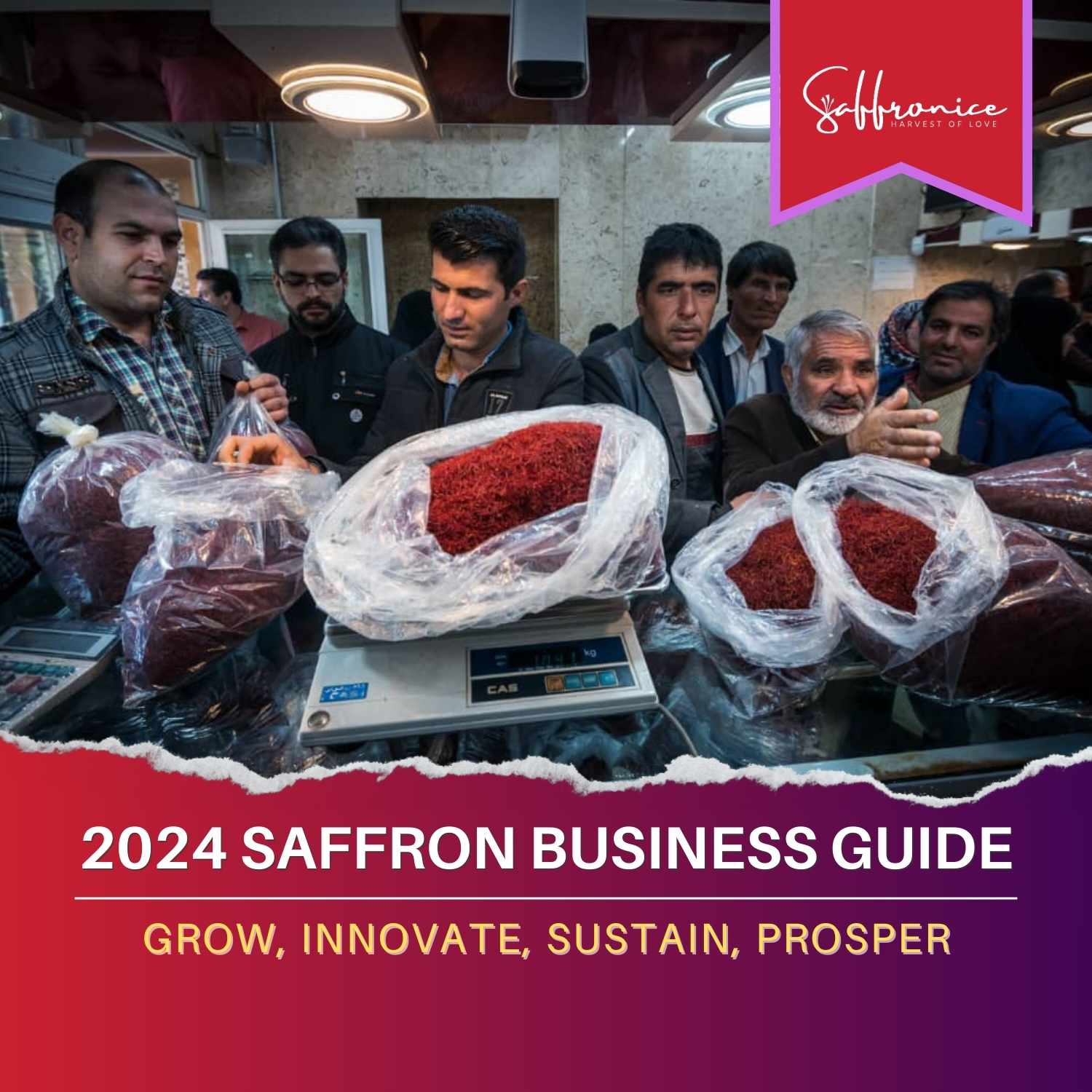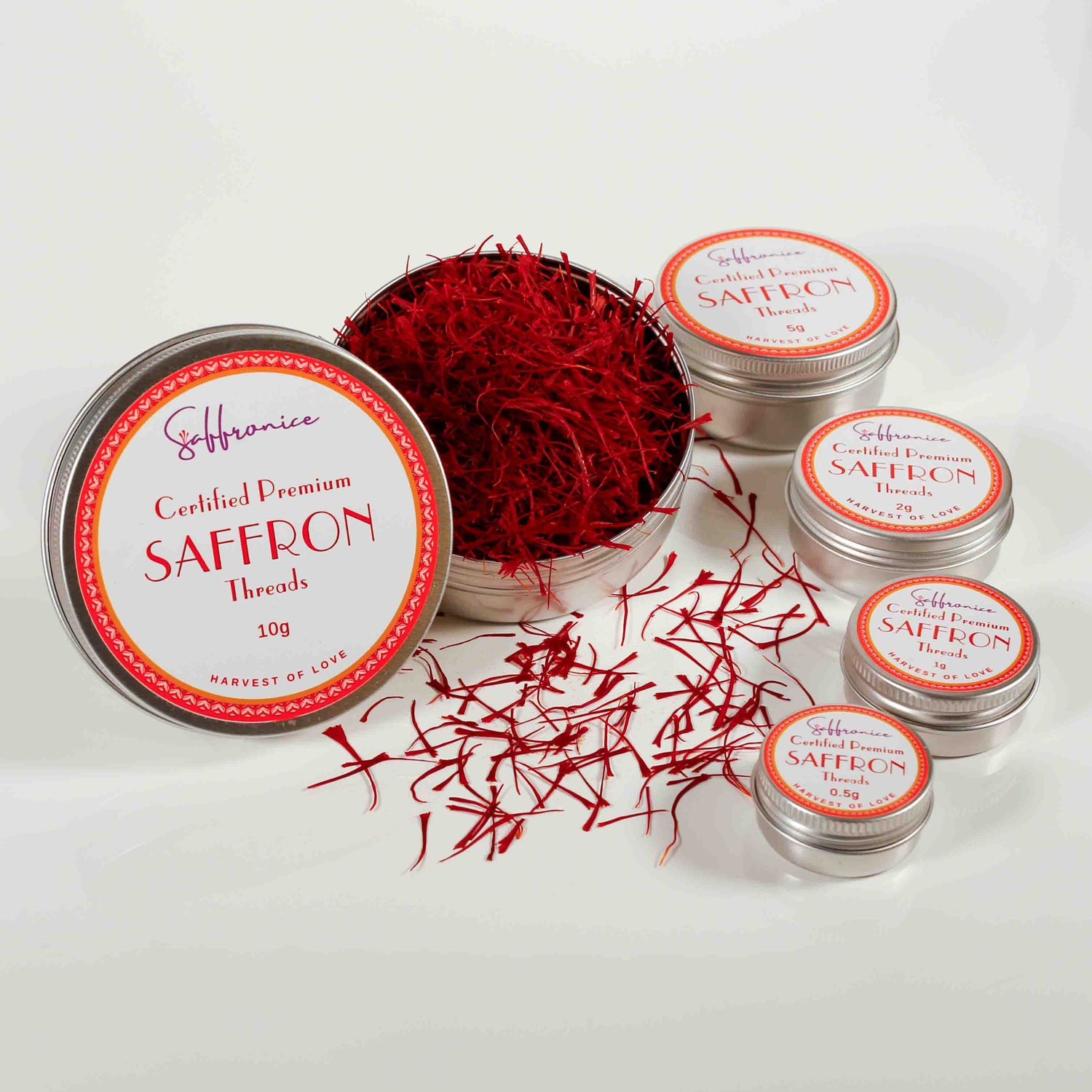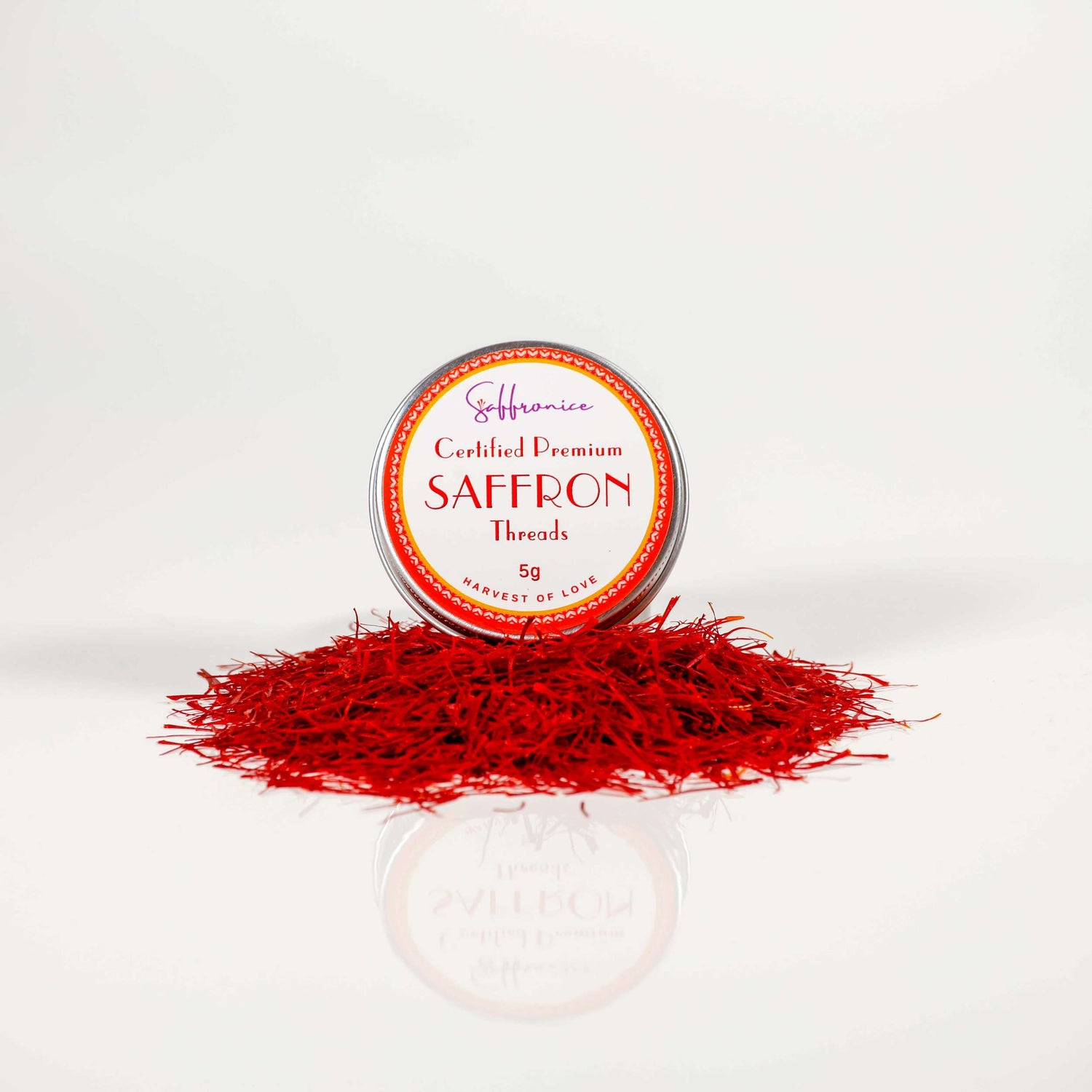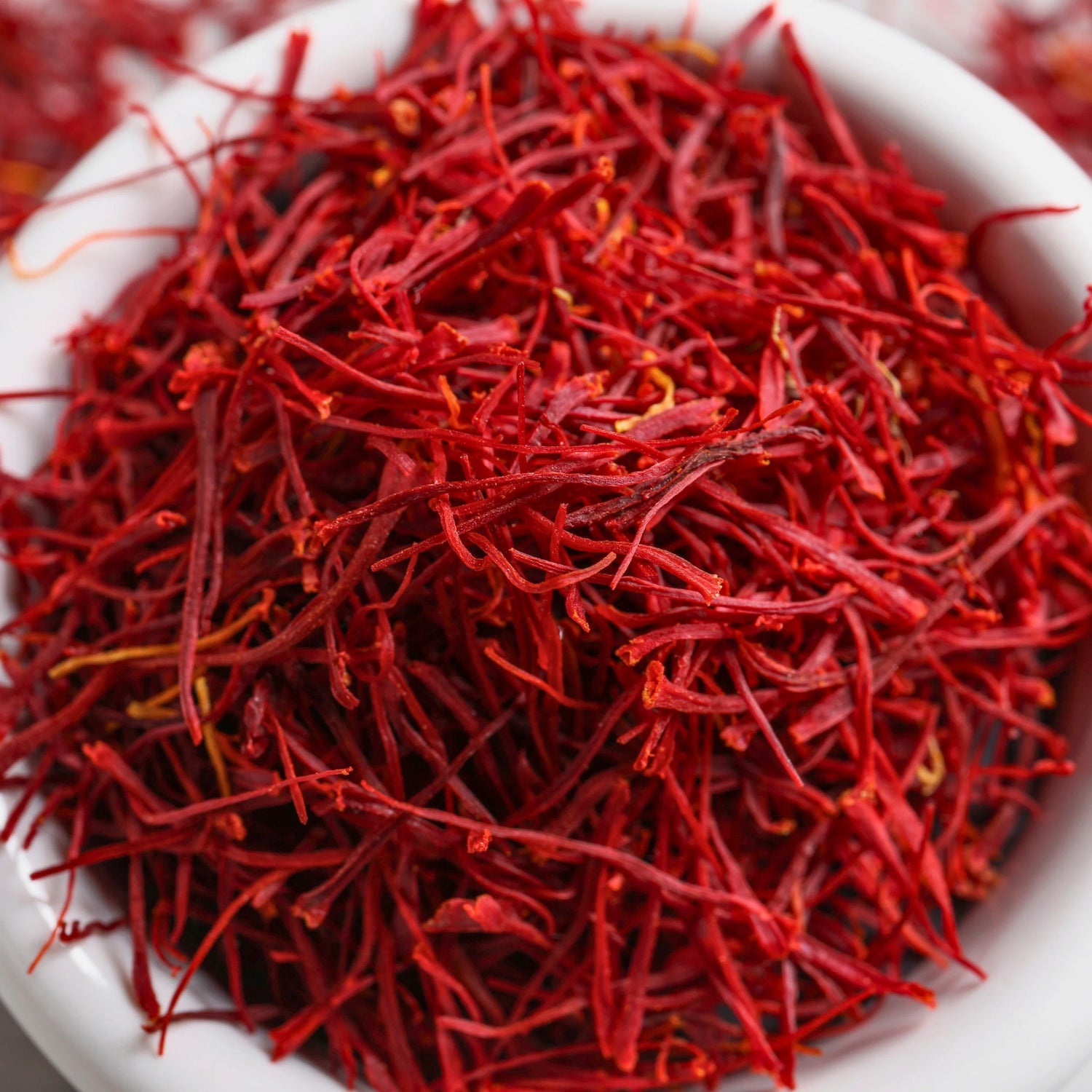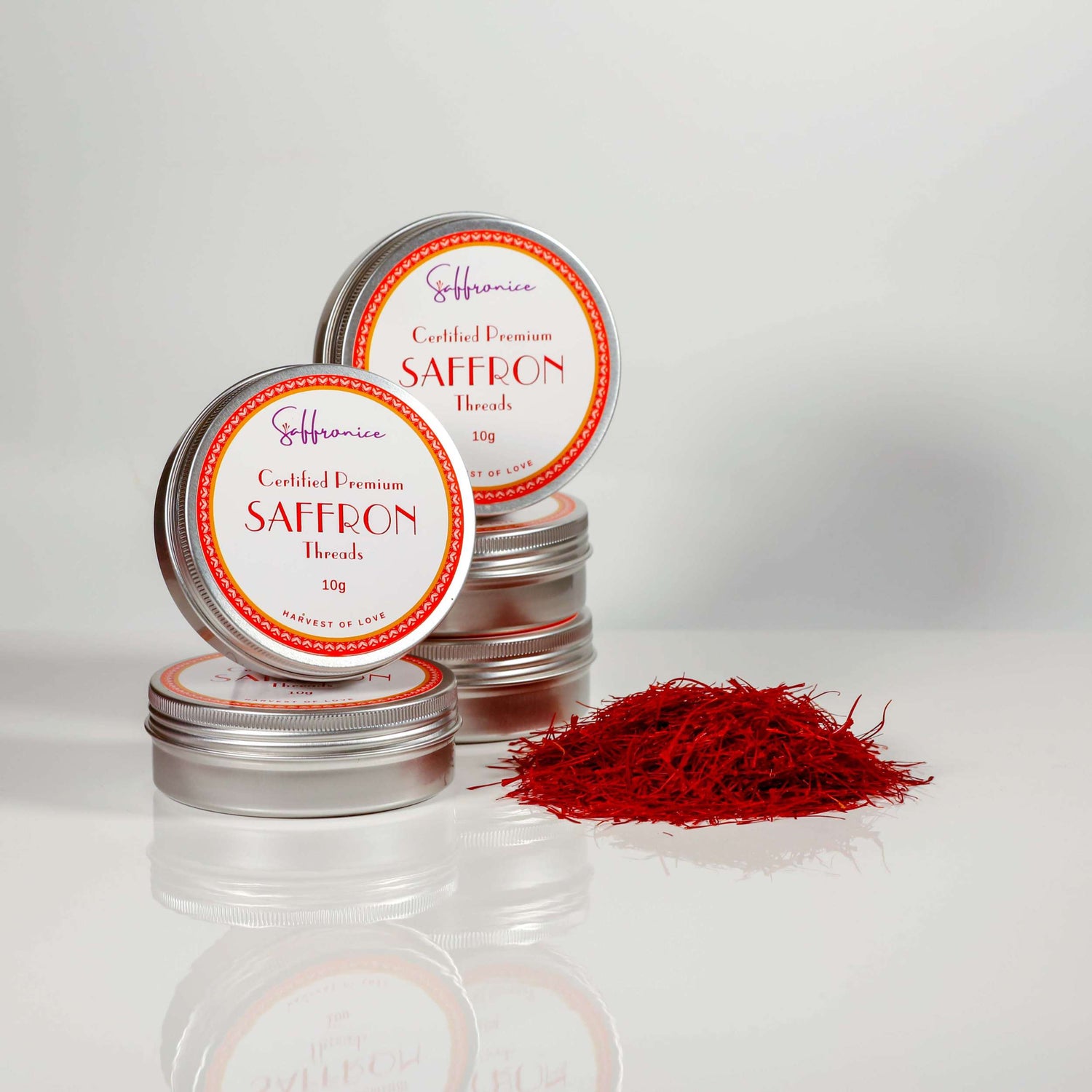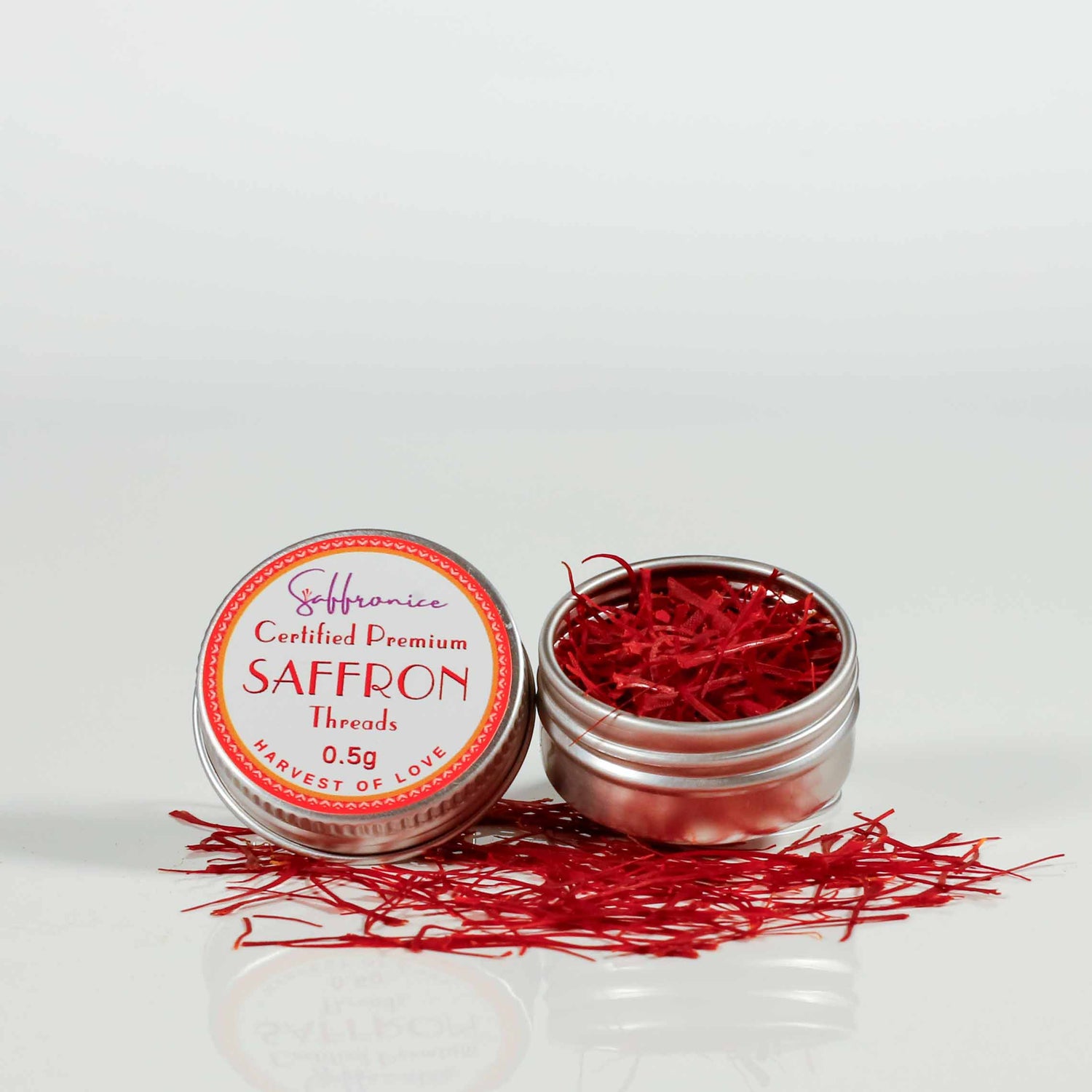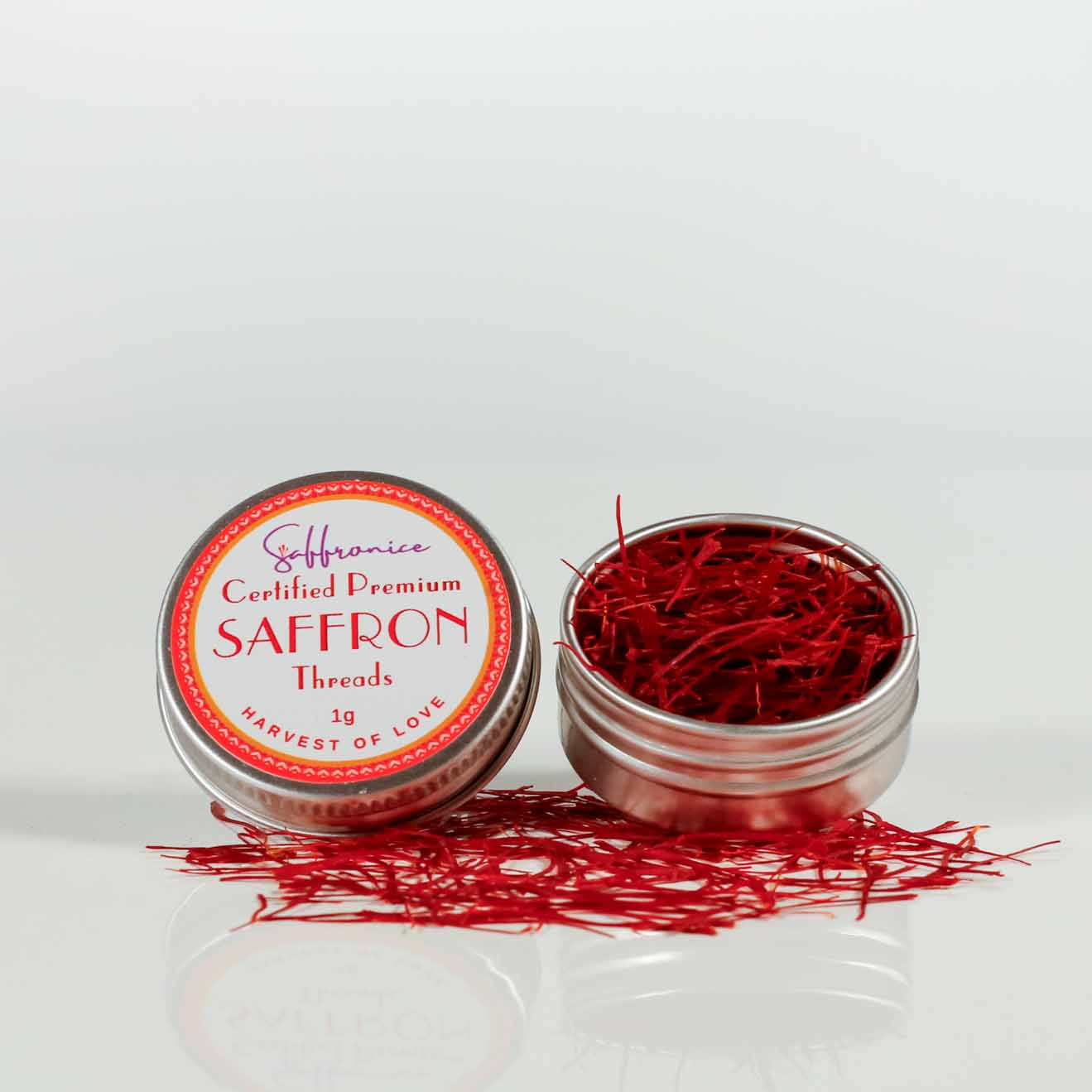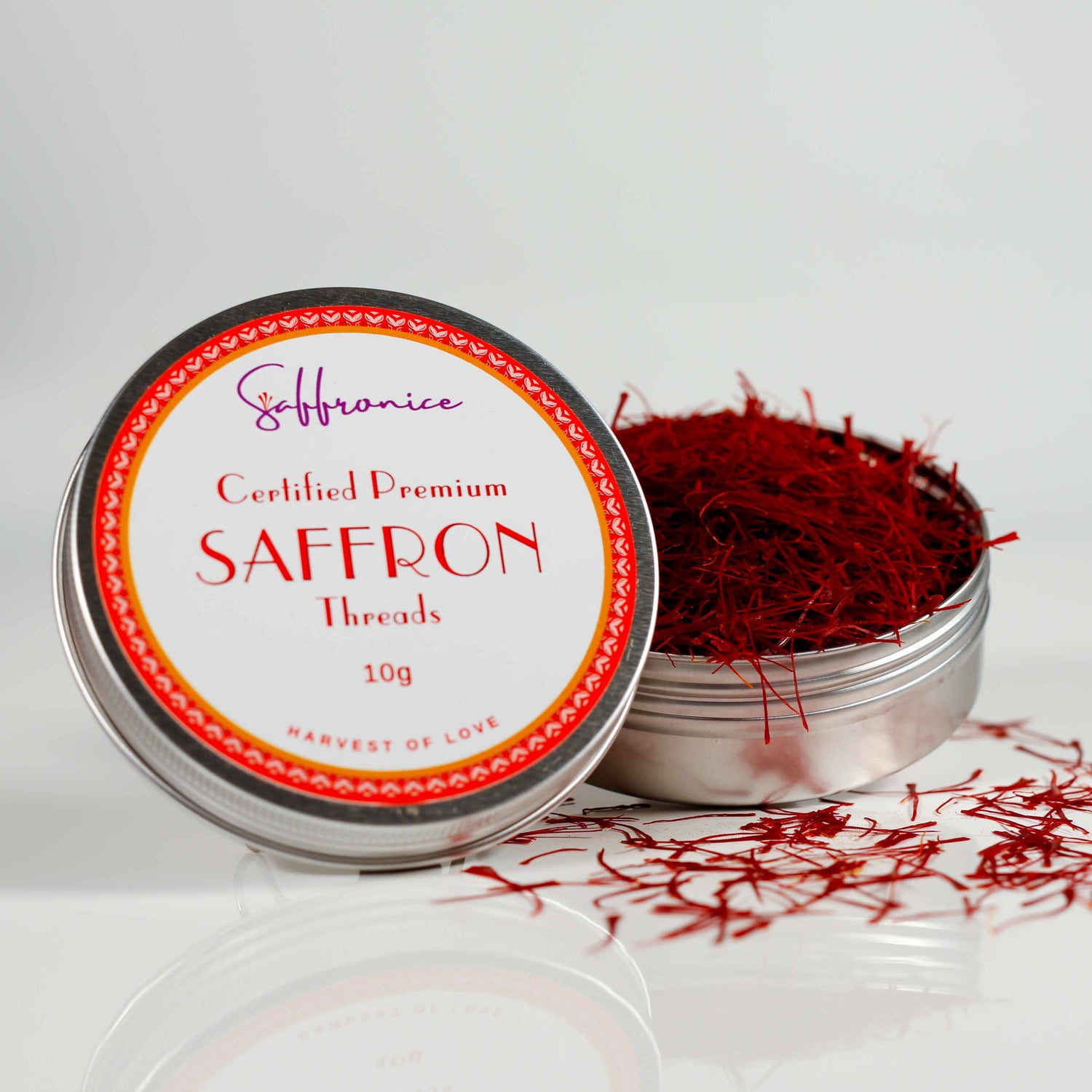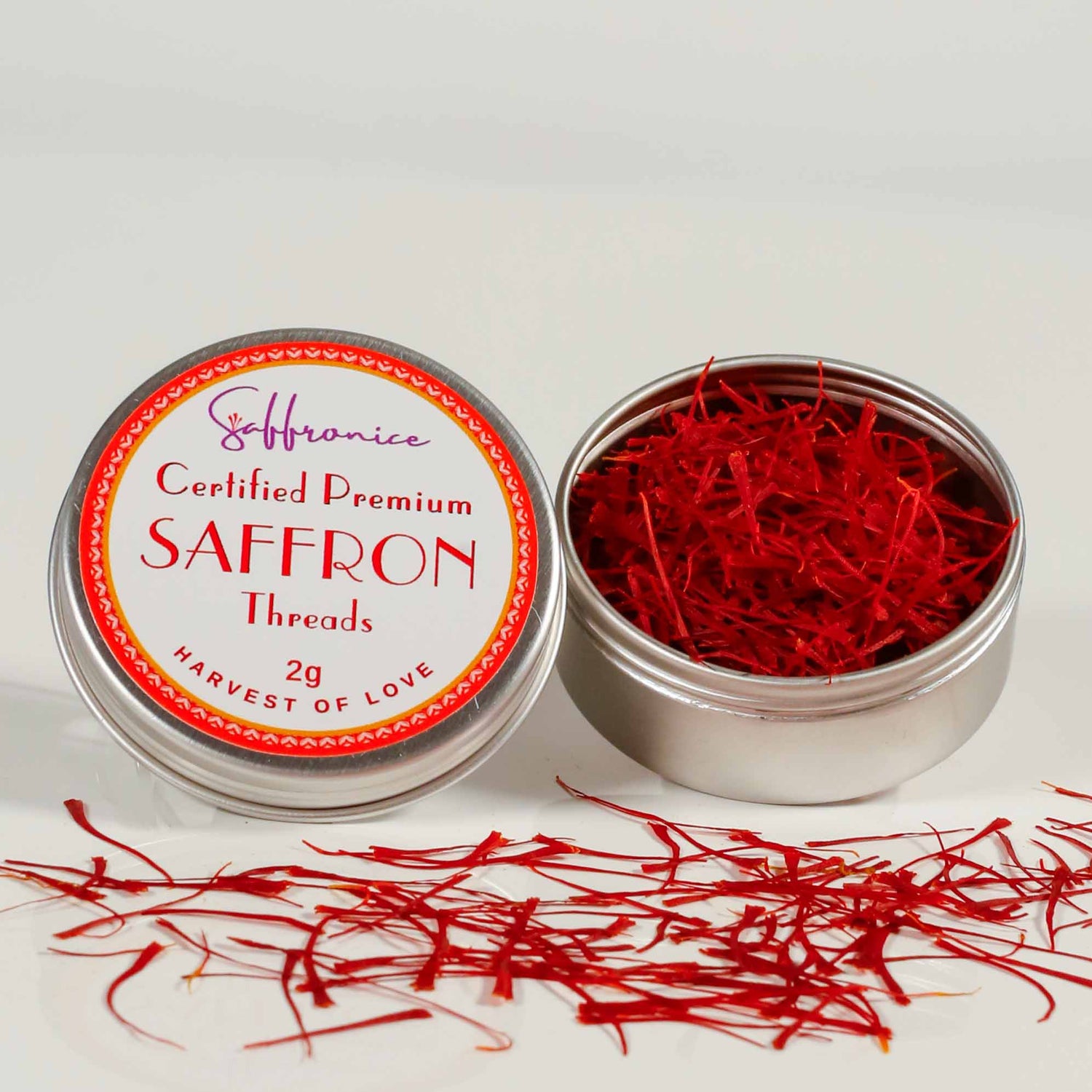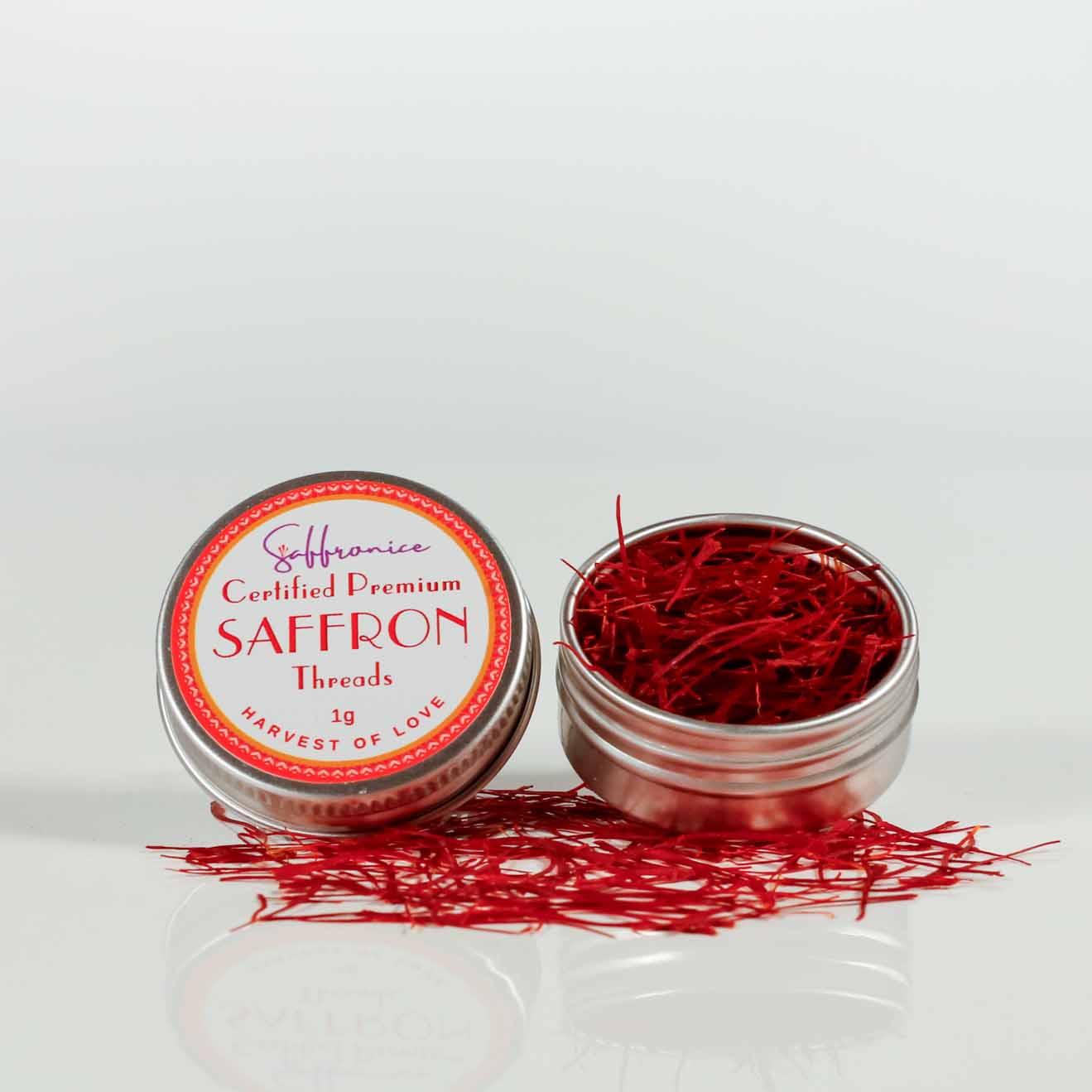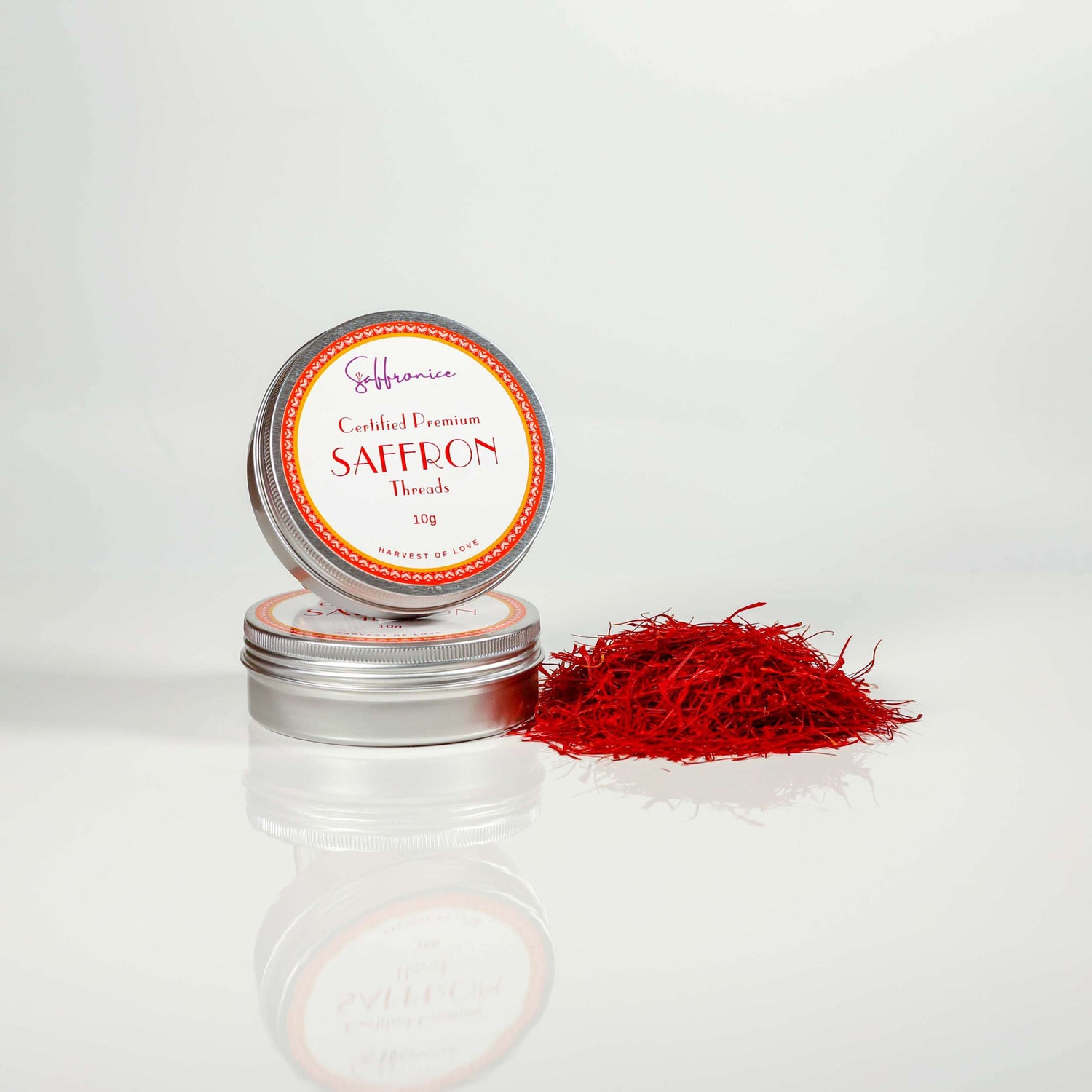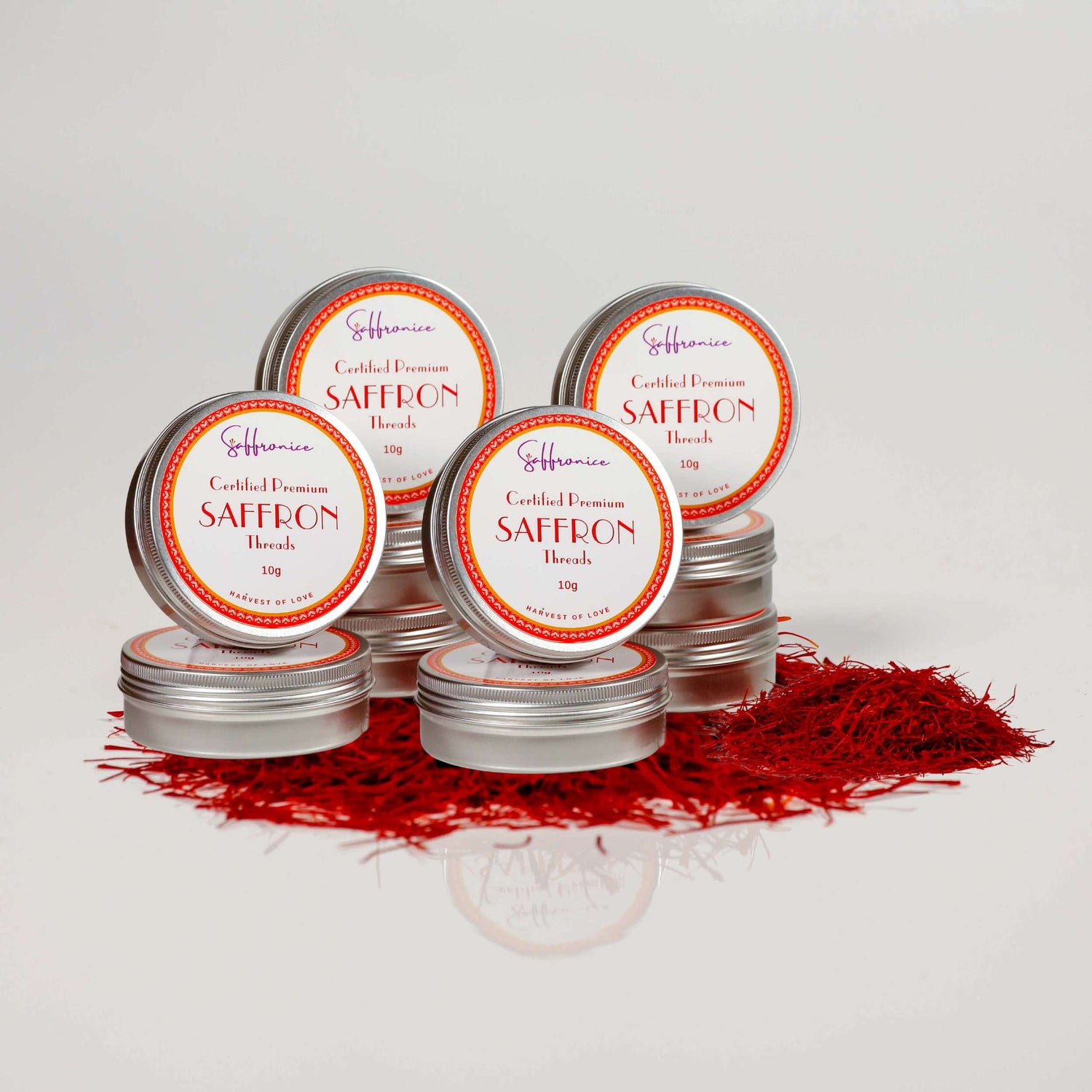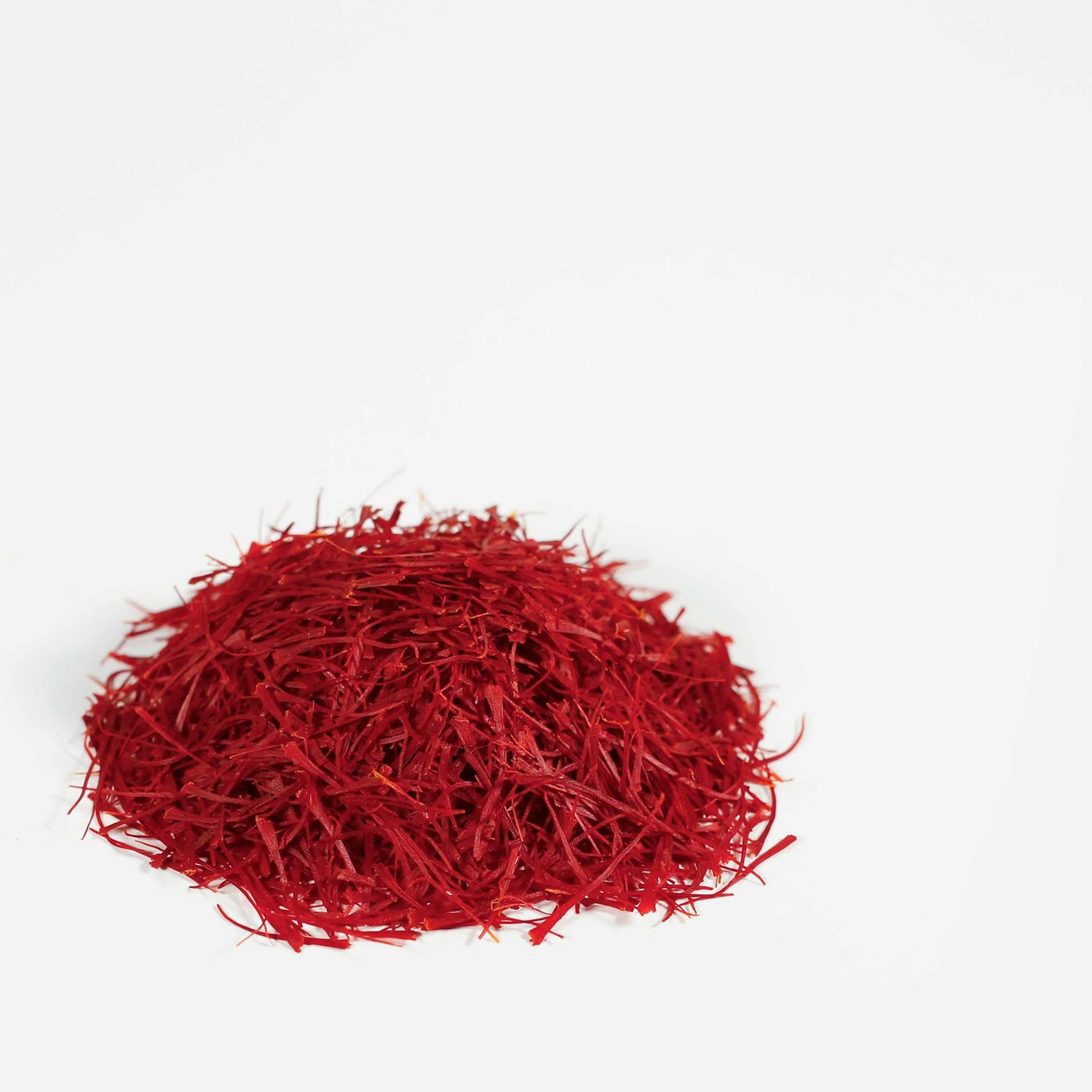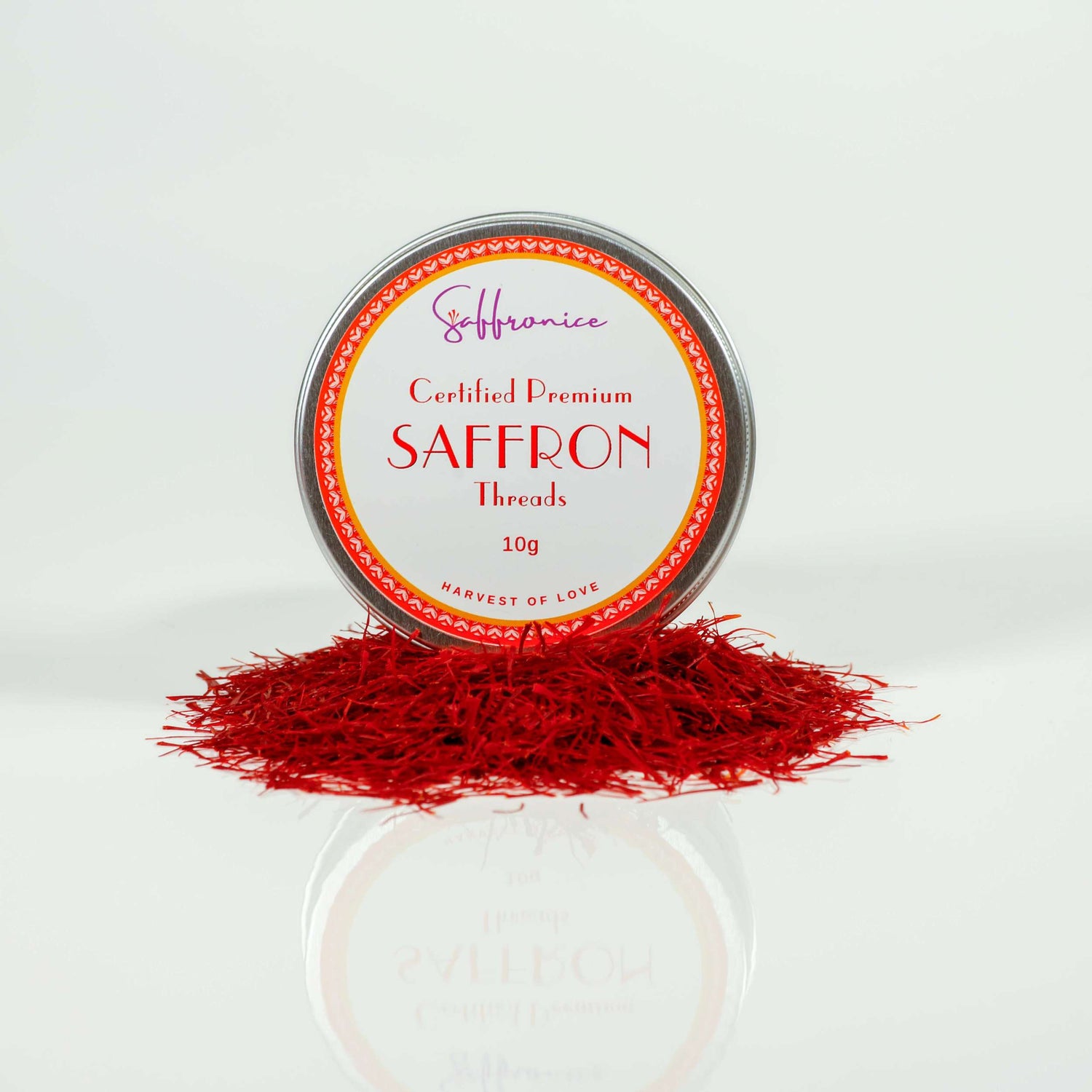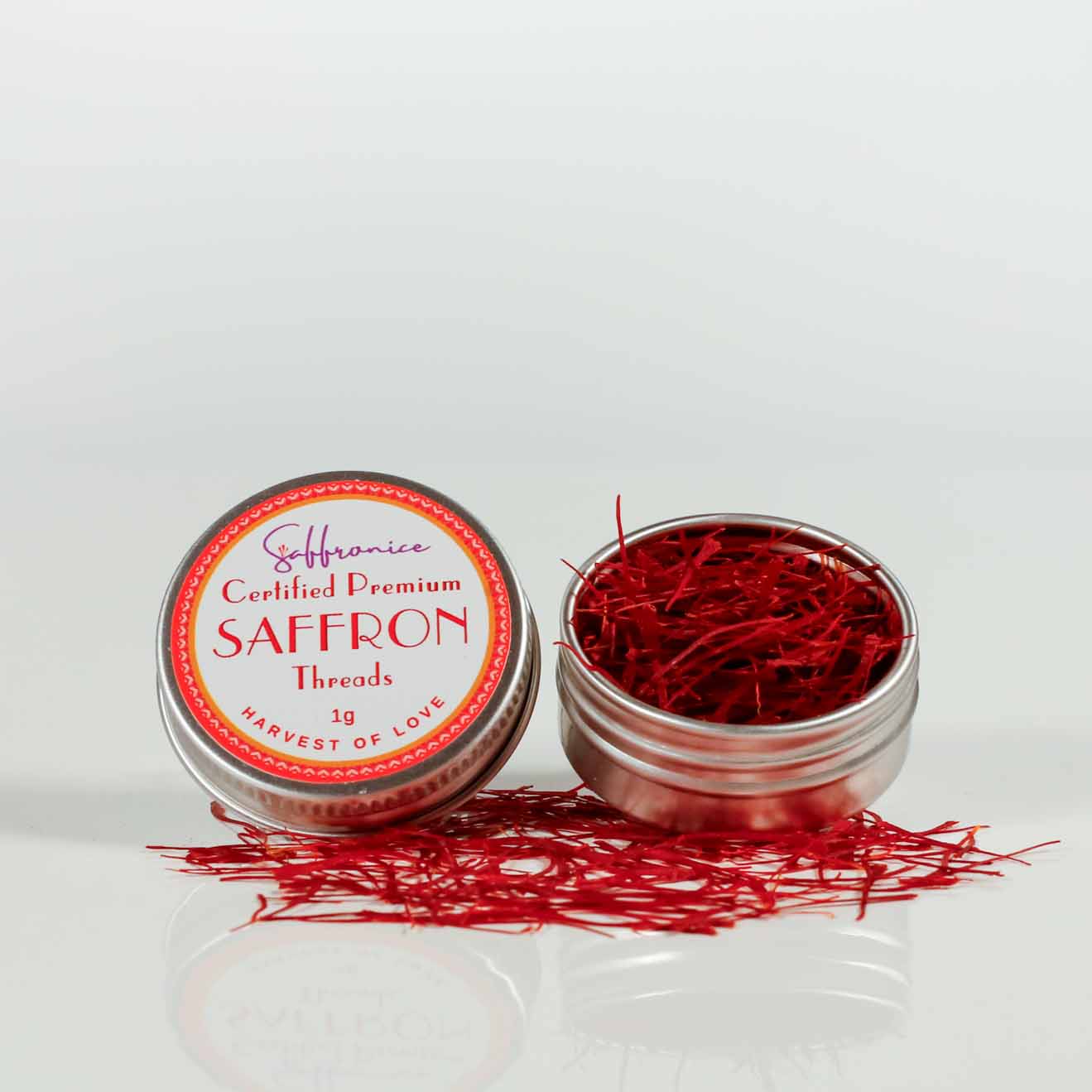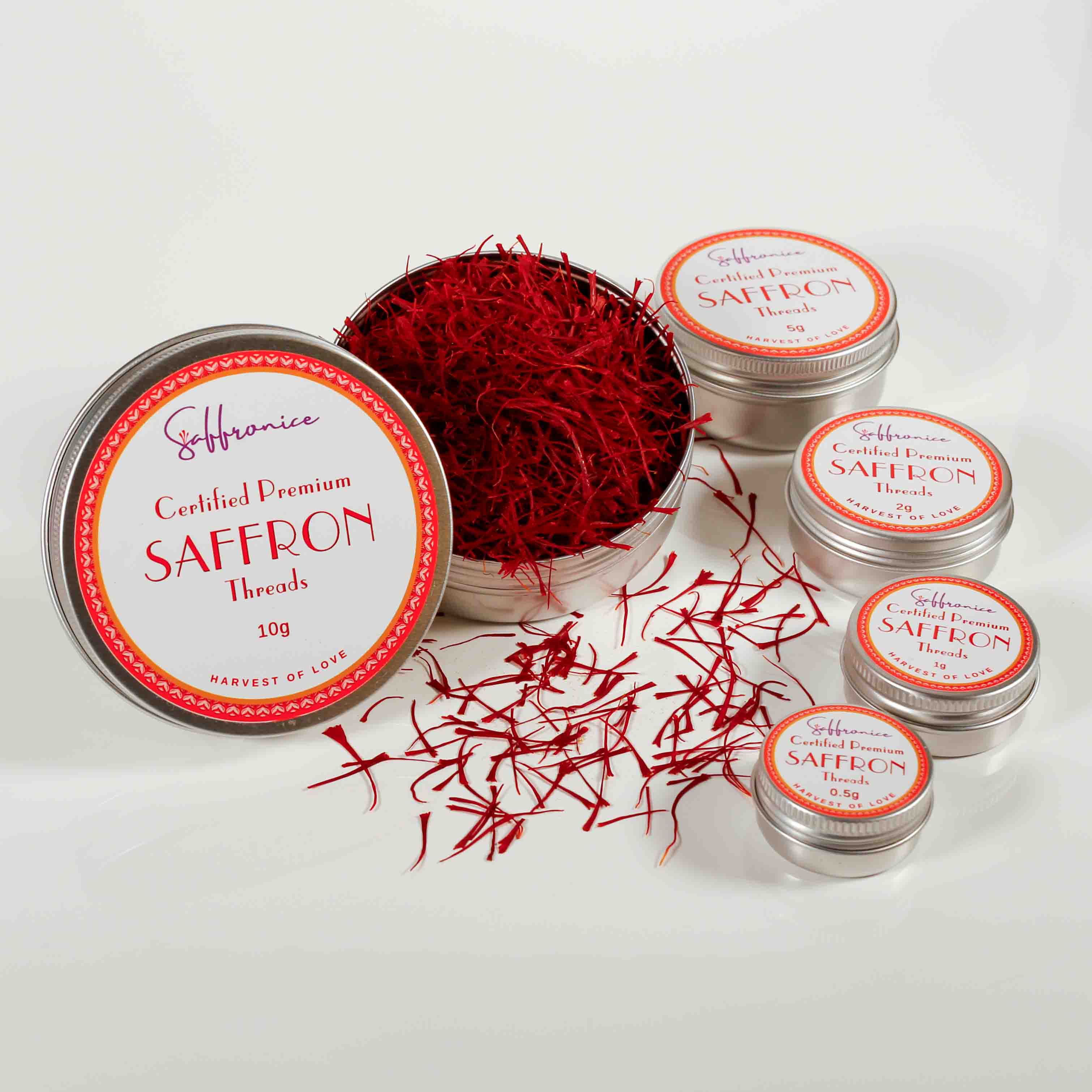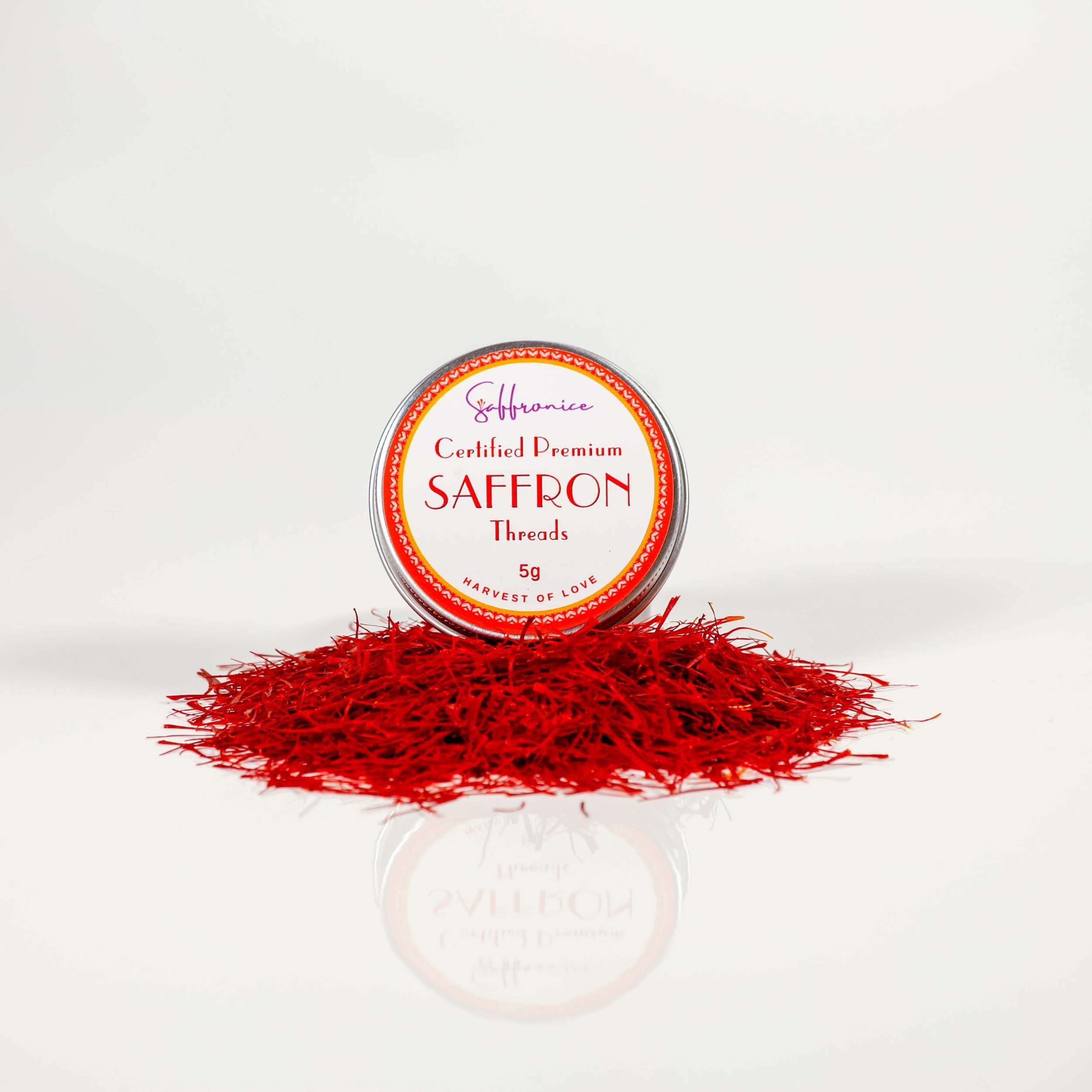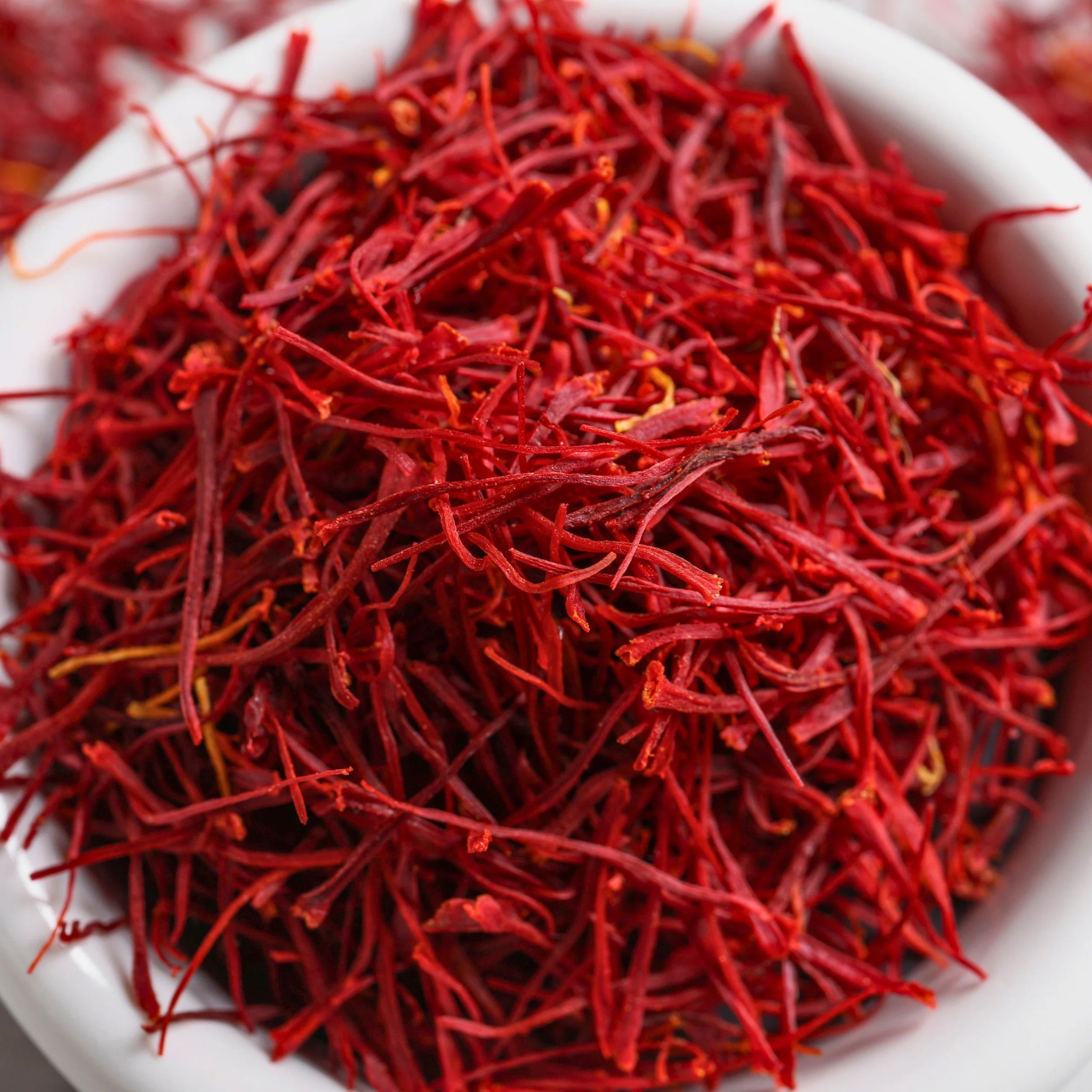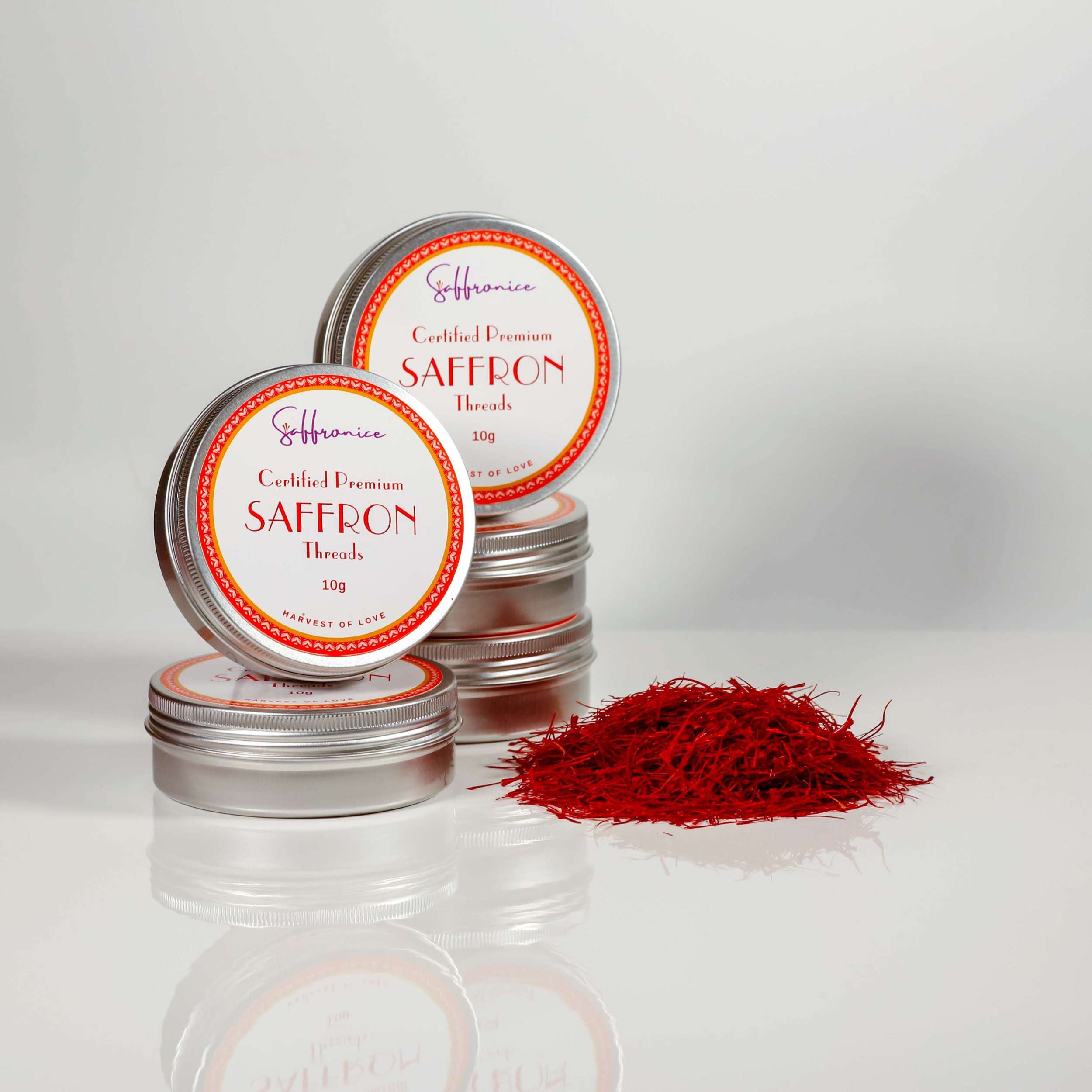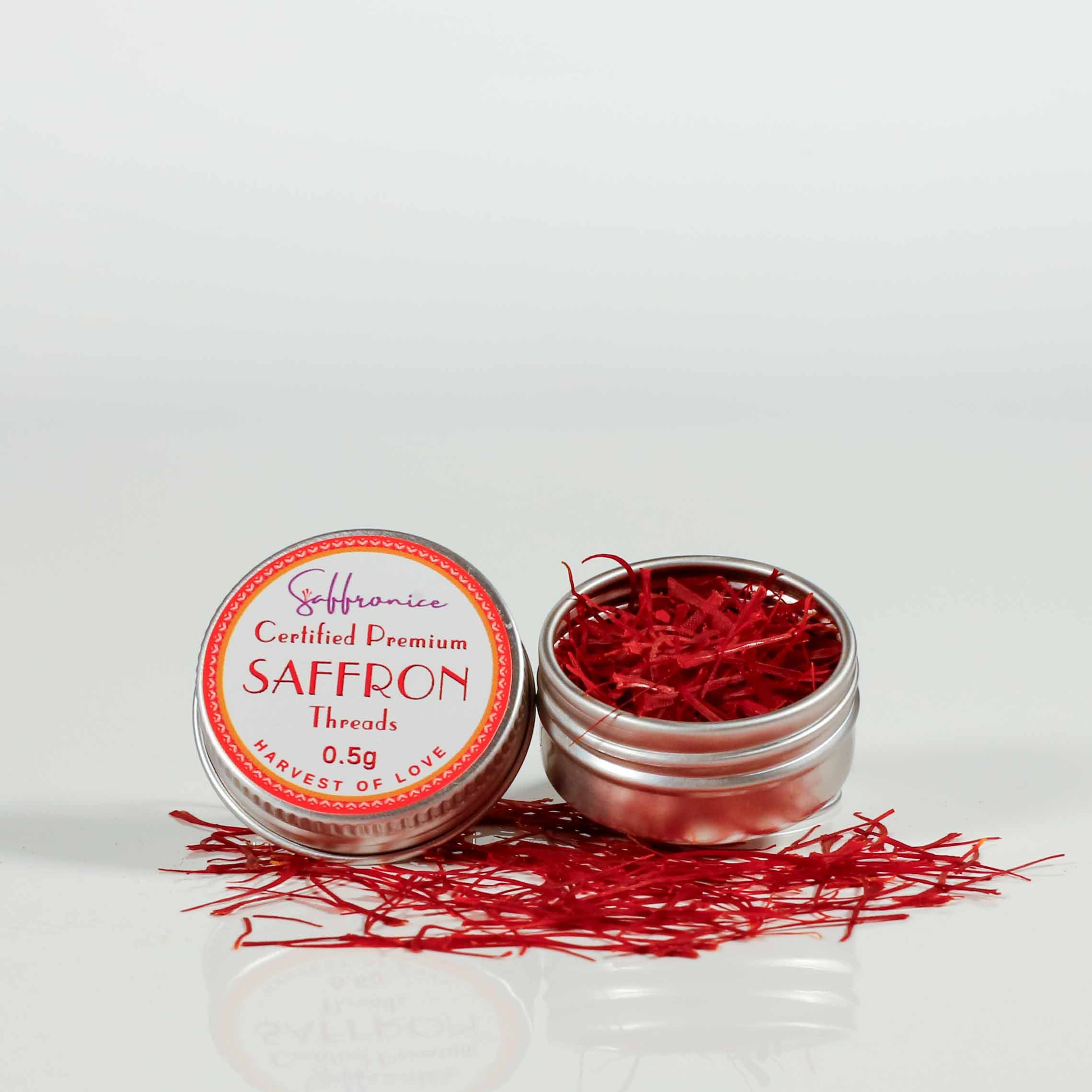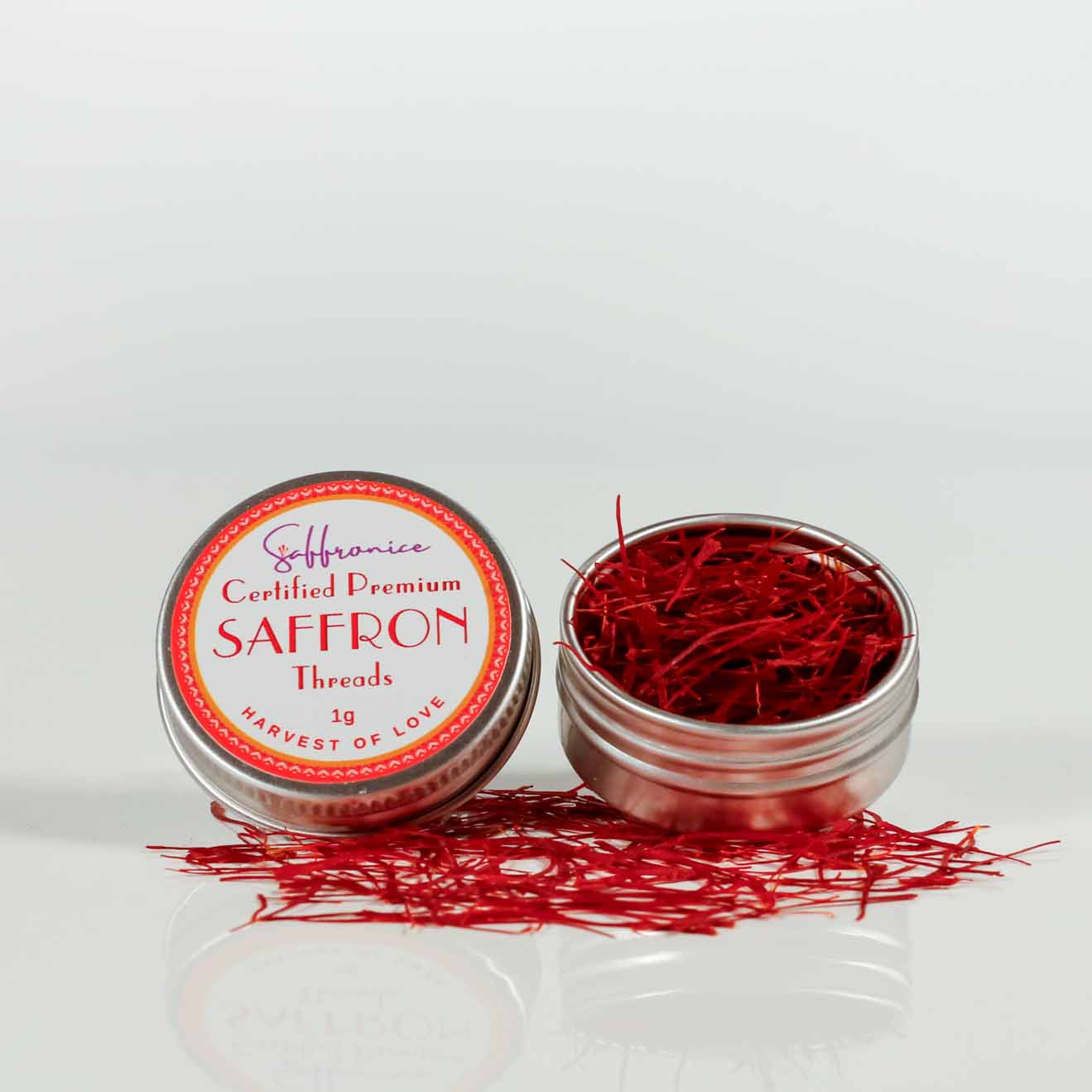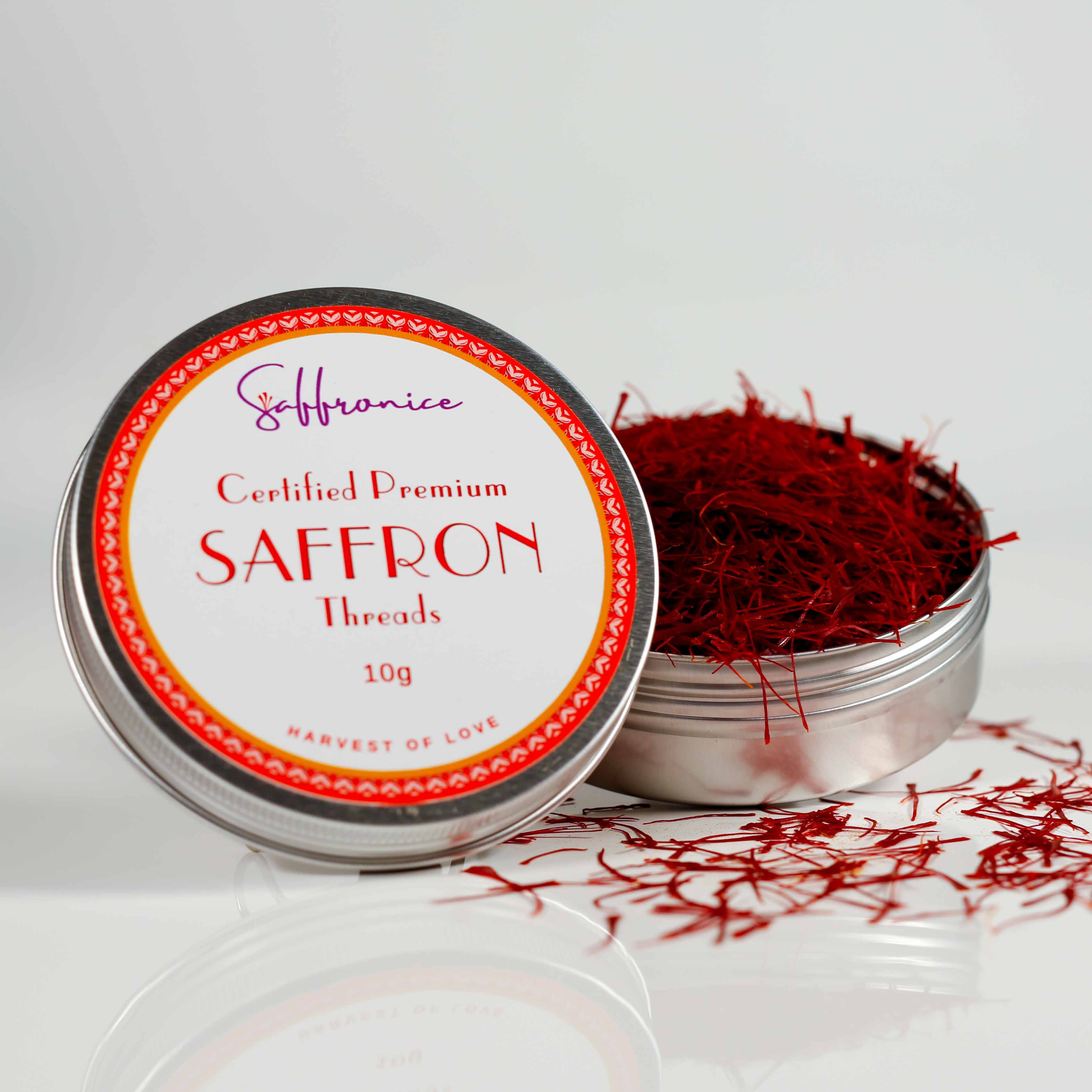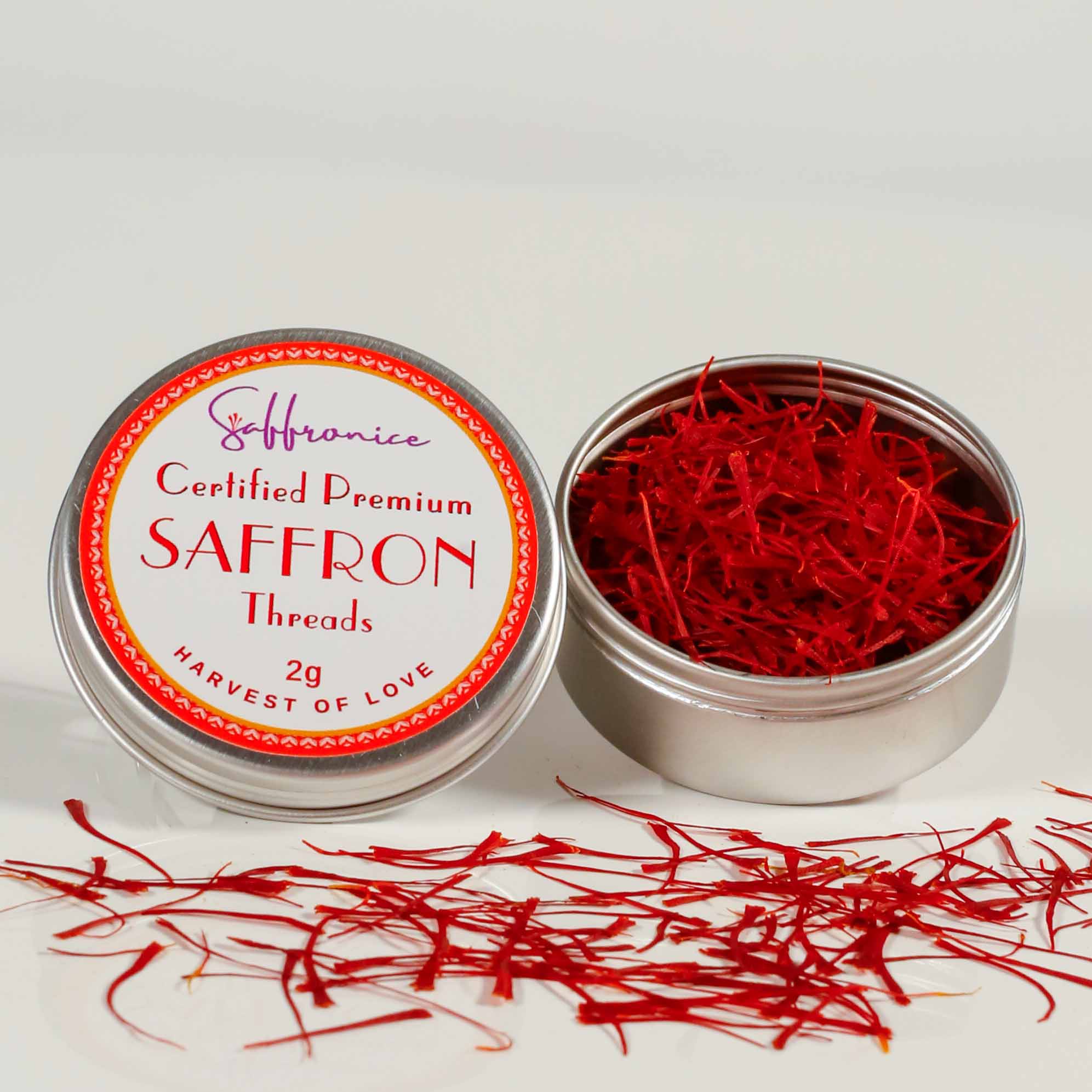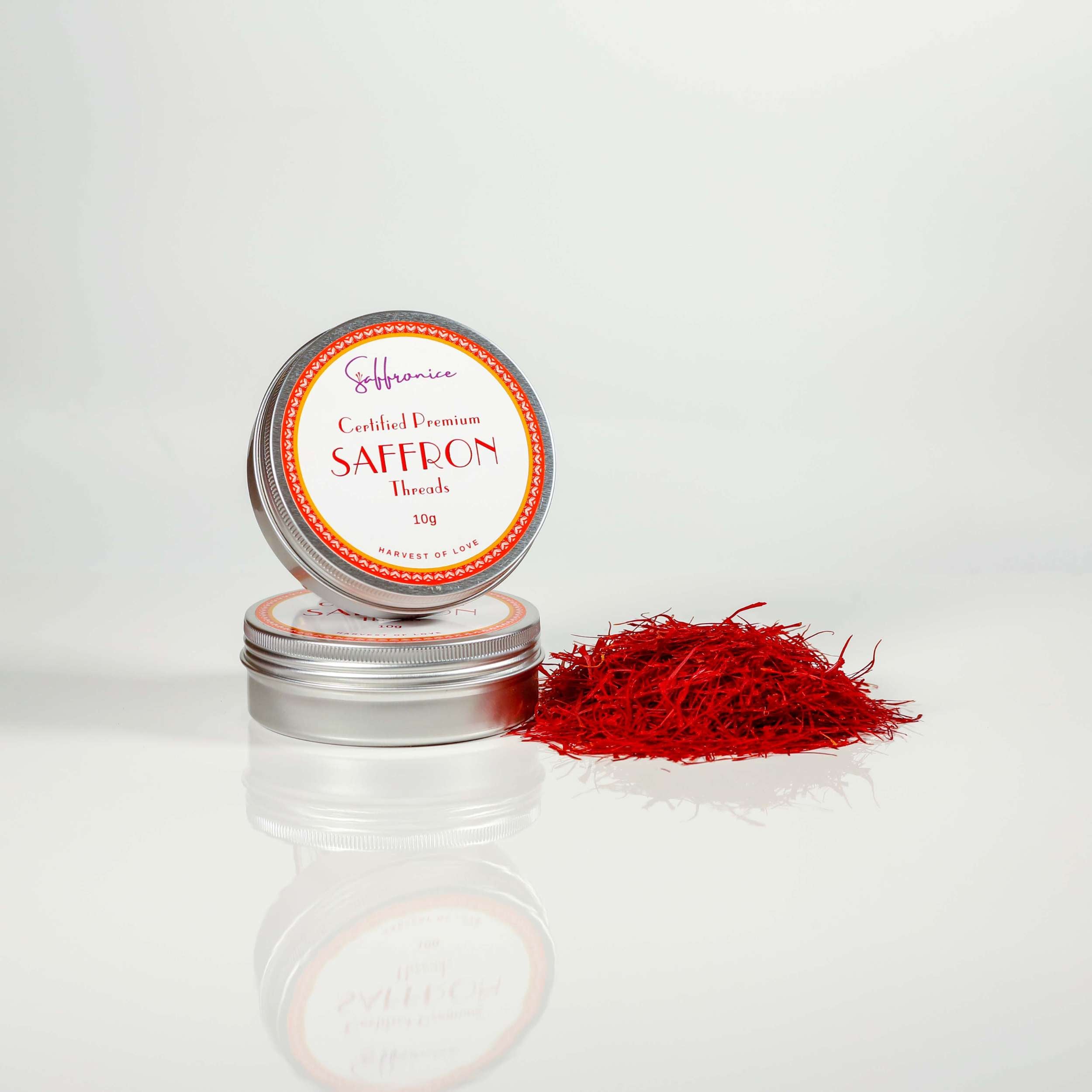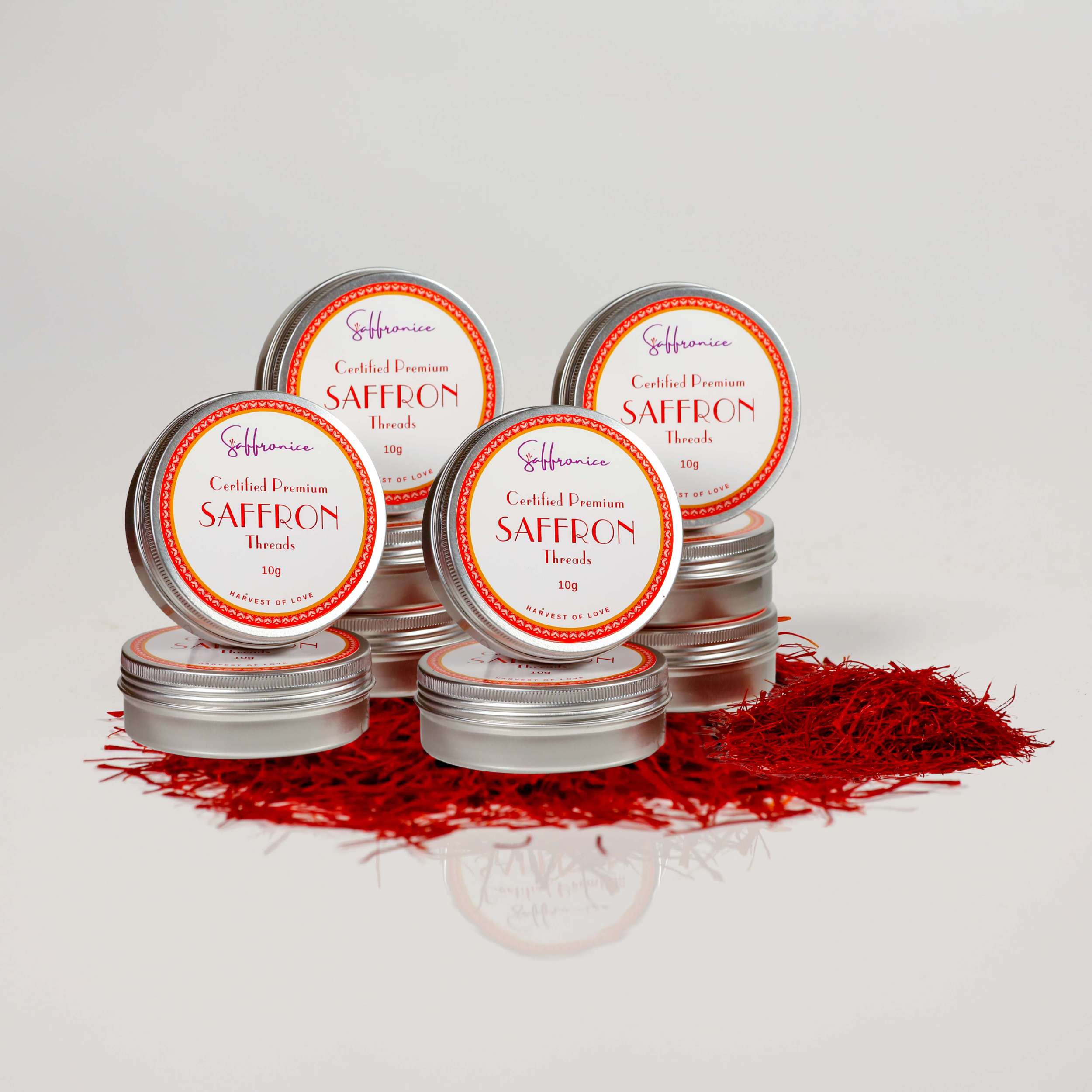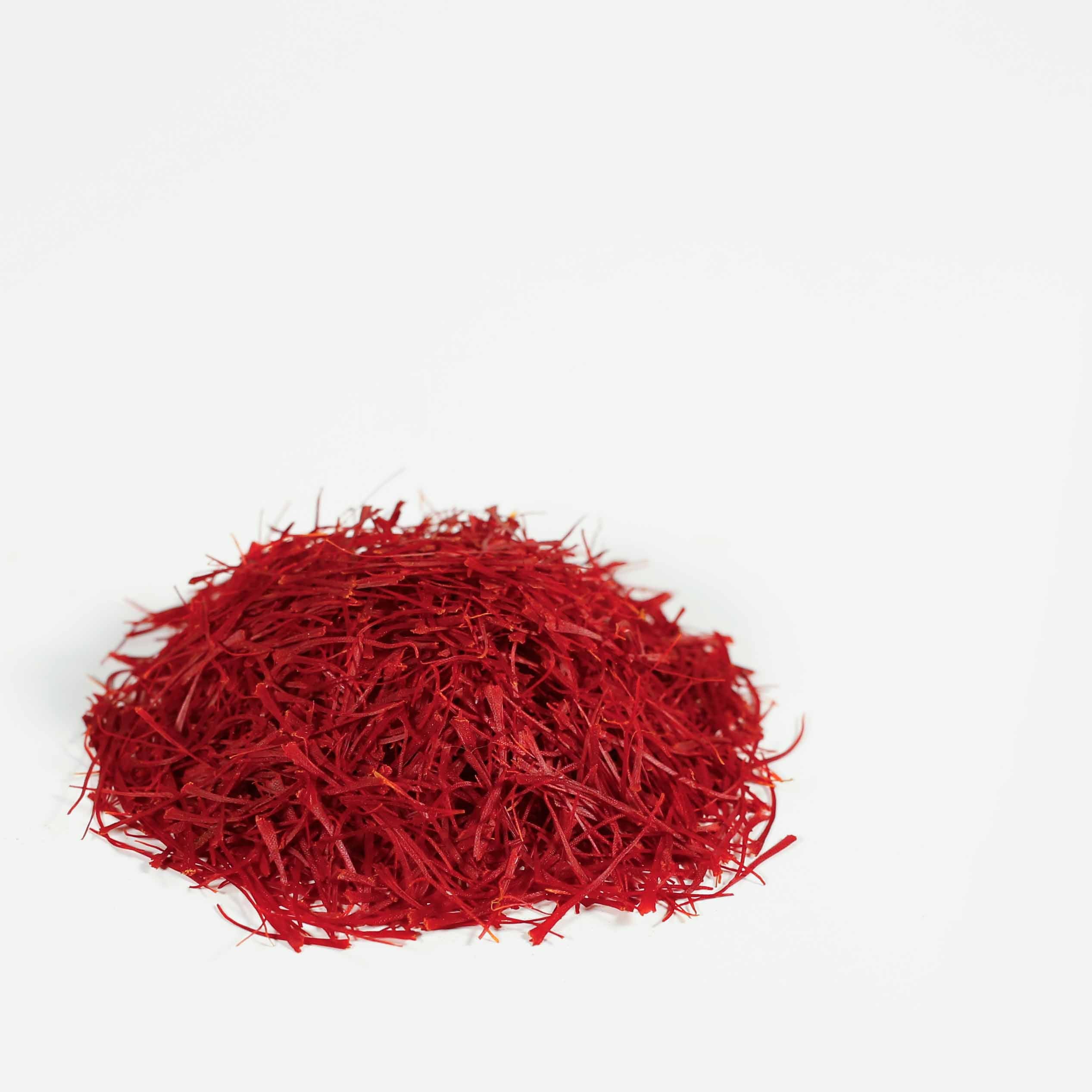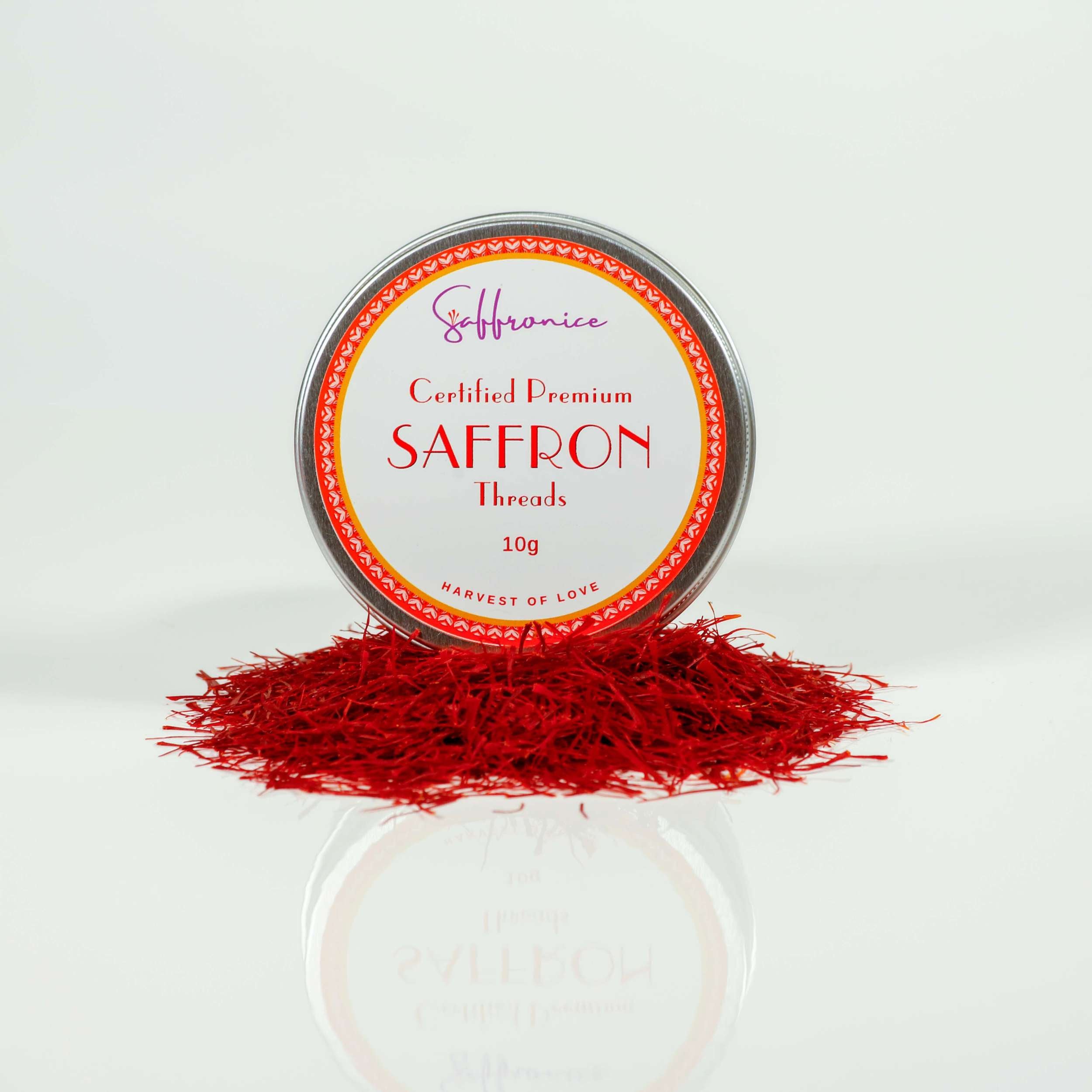Hey there, budding entrepreneurs! Have you ever dreamed of diving into the vibrant world of the saffron industry? Well, you're in for a treat because this golden spice isn't just a delight in dishes; it's a treasure trove of business opportunities waiting to be explored. With its rich history, diverse uses, and the title of the world's most expensive spice, saffron offers a unique avenue for those looking to spice up their entrepreneurial journey.
Saffron, derived from the Crocus sativus flower, isn't just any commodity. It's a luxury item with a global demand spanning culinary, cosmetic, pharmaceutical, and even textile industries. This wide range of applications means a broad market and multiple revenue streams for savvy business owners. Plus, with the right approach, the high value of saffron can translate into significant profit margins.

Before you start picturing yourself as the next saffron mogul, let's talk about what it takes to thrive in this industry. From understanding the sources of saffron to mastering the art of digital marketing, there's a lot to cover. So, buckle up, and let's embark on this aromatic adventure together!
Topics We'll Cover:
-
Understanding the Saffron Market: Learn the global landscape and what makes saffron unique.
-
Securing High-Quality Saffron: Learn about sourcing and the importance of quality for commanding the best prices.
-
Marketing Your Saffron Business: Tips on branding, digital marketing, and reaching your target audience.
-
Expanding Your Market Reach Strategies for going global and tapping into new customer bases.
-
Sustainable Practices & Quality Assurance: How to ensure your business is eco-friendly and offers top-tier products.
-
Networking for Growth: The importance of building relationships within the industry.
-
A Peek into the Future: Insights on trends and innovations shaping the saffron industry in 2024 and beyond.
Get ready to dive deep into the world of saffron, where the potential for growth and success is as vibrant as the spice itself. Let's turn your saffron dreams into reality!
Understanding the Saffron Market

Sources of Saffron & Crocus Sativus
Saffron, known for its vivid crimson threads, is derived from the Crocus sativus flower, a species revered for its beauty and value. The cultivation process is as delicate as the flower, requiring manual labour. Each Crocus sativus plant produces just a few flowers, each containing only three stigmas: saffron threads. These threads must be handpicked and dried, contributing to the high value of saffron. The primary sources of saffron are countries with the ideal climate for Crocus sativus, including Iran, Spain, India, Greece, and Morocco. Iran is the largest producer, contributing most of the world's supply.
Saffron Spice Cost Factors
Several factors contribute to the high cost of saffron spice:
-
Labour Intensity: The manual harvesting process is labour-intensive, requiring many hours of meticulous work to collect enough stigmas for even a tiny amount of saffron.
-
Cultivation Conditions: Crocus sativus requires specific growing conditions, including well-drained soil and a climate with hot, dry summers and cool autumns. These conditions limit the geographical areas where saffron can be produced.
-
Quality Grading: Saffron is graded based on colour, aroma, and flavour strength. The highest grades, which offer the most intense flavour and colour, demand higher prices. Quality is affected by the meticulousness of the harvesting process and the immediate drying of the stigmas to preserve their properties.
Countries That Produce Saffron
Saffron, the world's most valuable spice, is cultivated in various countries, each contributing to the global market with their unique strains of Crocus sativus. The primary producers of saffron are:
-
Iran: Leading the world in saffron production, Iran is renowned for its high-quality saffron, which is used both domestically and internationally. Iranian saffron is prized for its intense aroma, potent colouring strength, and flavour.
-
Spain: Known for the prestigious "La Mancha" saffron, Spain is another crucial player in the saffron market. Spanish saffron is famous for its distinct flavour and is often used in traditional dishes such as paella.
-
India: Kashmir in India produces some of the world's finest saffron, known for its intense aroma and deep colour. Indian saffron, particularly from the Kashmir region, is extremely valuable for its cooking and medicinal uses.
-
Greece: Greece, especially the Kozani region, is known for producing high-quality saffron with a strong aroma and significant colouring capabilities, contributing significantly to European saffron production.
-
Morocco: Morocco also contributes to the global supply of saffron, mainly used in Moroccan cuisine and various traditional remedies.
With their ideal climates and centuries of cultivation expertise, these countries are the backbone of the global saffron industry, producing most of the world's supply of this precious spice.
The interplay of these factors makes saffron one of the most expensive spices in the world, often referred to as "red gold." Its price reflects the labour and care invested in every step of its cultivation and processing.
Securing High-Quality Saffron

Golden Saffron Price Justification
The moniker "golden saffron" isn't just a poetic tribute to its colour; it's a nod to its immense value and the meticulous effort required in its harvesting. The quality of saffron, which earns it the "golden" prefix, is primarily justified by three factors:
-
Labour-intensive harvesting
-
The volume of flowers needed
-
Its potent flavour and colouring capabilities
Each Crocus sativus flower produces only three threads/ stigmas, and it takes approximately 150,000 blossoms to make a kilogram of saffron. This laborious process, coupled with Saffron's unparalleled flavour, aroma, and dyeing properties, justifies its price, making the spice more valuable than its weight in gold in some markets. For businesses, sourcing high-grade saffron is crucial for the premium product it yields and for establishing a reputation for quality that can command higher market prices and customer loyalty.
Best Place to Buy Saffron Online
In the digital age, sourcing saffron online offers convenience but demands vigilance. The best places to buy saffron online are those that are transparent about their sourcing, provide quality certificates, and have a wealth of positive customer reviews. Reputable vendors will often detail the origin of their saffron and the grade (such as Super Negin, the highest quality) and provide lab results verifying authenticity and purity. Look for open sellers about their process, from farm to packaging, and who engage positively with their customer base. Additionally, online marketplaces specialising in spices or gourmet foods can be good sources, as they vet their sellers and products. Authenticity, backed by quality certificates and reinforced by positive customer feedback, is critical to ensuring you're investing in a product that meets your business's high standards.
Marketing Your Saffron Business

Digital Marketing Strategies
A varied digital marketing strategy is essential to effectively market your saffron business online. Here's how to leverage SEO, social media, and content marketing:
-
SEO (Search Engine Optimisation): Optimise your website and content to rank for key phrases like "saffron used for" and "best place to buy saffron online." Use these phrases in your website's metadata, headers, and web content. Blog posts that answer common questions about saffron, its uses, and its benefits can help capture organic search traffic.
-
Social Media Marketing: Use platforms like Instagram, Facebook, and Pinterest to showcase the vibrant colour and variety of uses of saffron. Post high-quality images of dishes, saffron fields, and products, using hashtags related to saffron to increase visibility. Engage with your audience through stories, live Q&A sessions, and by sharing customer testimonials.
-
Content Marketing: Develop engaging content highlighting Saffron's versatility in cooking, health, and cosmetics. Share recipes, health tips, and beauty guides that incorporate saffron. Videos, info-graphics, and how-to guides can be particularly effective in attracting and educating your audience.
Utilising Saffron's Applications
Educating potential customers on the various applications of saffron can significantly boost interest and sales. Content creation strategies might include:
-
Recipes and Cooking Tips: Publish saffron related recipes highlighting Saffron's unique flavour and colour, such as traditional paellas, risottos, or saffron-infused desserts. Include tips on properly using saffron in cooking to get the most out of its flavour and colouring.
-
Health Benefits: Share content that discusses the health benefits of saffron, such as its potential to improve mood, support eye health, and aid in weight loss. Cite studies and research to back up claims, making the content informative and trustworthy.
-
Cosmetic Uses: Create articles or videos on using saffron in homemade beauty treatments, such as face masks or skin serums. Highlight Saffron's antioxidant properties and ability to contribute to a glowing complexion.
By focusing on the multifaceted uses of saffron and employing a strategic mix of digital marketing tactics, you can effectively reach and engage with a broader audience, driving interest and sales for your saffron business.
Expanding Your Market Reach

Entering New Markets
Expanding your saffron business into new geographic and online markets opens up opportunities. E-commerce platforms have made it easier than ever to reach customers across the globe. When considering expansion, research is vital—identify markets where saffron demand is growing, but supply may be limited. Due to their vast user bases and established logistics networks, online marketplaces like Amazon, eBay, and Etsy can be excellent starting points for testing international waters. Creating a dedicated online store using platforms such as Shopify or WooCommerce also allows for brand customisation customisation and direct customer engagement. SEO strategies targeting specific regions or languages can also drive traffic to your site from desired markets.
Wholesale & Import/Export Opportunities
Diving into wholesale and import/export can dramatically increase your saffron business's scale and profitability. This expansion strategy requires understanding regulatory requirements, customs processes, and international market demands. Establishing relationships with food distributors, gourmet retailers, and culinary businesses in target markets can provide steady sales channels. Participating in food and trade exhibitions is a great way to network and find potential wholesale buyers. High-quality saffron with proper certification can set you apart in the global market. Leveraging online B2B marketplaces like Alibaba or Global Sources can connect you with buyers looking for premium saffron worldwide. Always ensure your supply chain is robust and can handle increased volumes without compromising quality to maintain your brand's reputation across borders.
Sustainable Practices & Quality Assurance
Sustainable Cultivation Practices for Crocus Sativus
Sustainable cultivation practices are paramount in producing high-quality saffron and play a significant role in environmental stewardship. For Crocus sativus, this involves using organic farming methods, conserving water, and maintaining soil health to ensure the long-term viability of saffron cultivation. These practices not only contribute to the production of superior-quality saffron but also minimise the environmental footprint of farming operations. Sustainable cultivation ensures that the saffron industry remains viable for future generations, supporting the ecosystem and the communities that depend on saffron farming for their livelihoods. Adopting such practices can also enhance the market appeal of saffron products, as consumers increasingly prefer sustainably sourced goods.
Role of Quality Assurance
Quality assurance is crucial in maintaining customer trust and justifying the premium price of "golden saffron." It encompasses rigorous testing for purity, potency, and authenticity, ensuring that the saffron meets high standards before reaching the market. Quality assurance measures, including lab testing for chemical residues and grading based on colour and aroma strength, help differentiate high-grade saffron from lower-quality offerings. By investing in quality assurance, businesses can assure customers of the product's value, reinforcing the justification for its price. This commitment to quality builds trust with consumers and establishes a brand's reputation for excellence in a competitive market. Ensuring the authenticity and quality of saffron helps protect buyers investments and supports the integrity of the saffron industry.

Networking for Growth
-
Networking is the backbone of any successful business, and in the saffron industry, it's no different. Building solid relationships with suppliers, distributors, and industry experts can significantly impact your business's growth and sustainability. Here's why networking is crucial and how media opportunities, like our podcast with 104.9 Sunshine FM, play a pivotal role:
The Importance of Industry Relationships
-
Suppliers: Establishing a good relationship with saffron suppliers ensures access to the highest quality product. It can also lead to better pricing, insider knowledge on crop quality, and first dibs on the top-grade saffron before it hits the broader market.
-
Distributors: Strong connections with distributors can increase your product's reach. Distributors with extensive networks can introduce your saffron to new geographic areas and market segments, expanding your customer base.
-
Industry Experts: Interacting with industry experts informs you about the latest trends, technologies, and cultivation techniques. This knowledge can help you refine your business model, improve your product, and innovate in ways that keep you ahead of the competition.
Leveraging Media for Visibility
Our podcast appearance on 104.9 Sunshine FM is a prime example of using media to enhance industry networking and visibility. Here's how such opportunities can benefit your business:
-
Increased Exposure: Media appearances introduce your business and products to a broader audience, raising awareness and potentially attracting new customers and partners.
-
Establishing Authority: Sharing your expertise on platforms like radio shows or podcasts positions you as an authority in the saffron industry. This credibility can build trust with potential customers and partners.
-
Networking Opportunities: Participating in media events often leads to new connections within and outside the industry. These relationships can open doors to collaborations, partnerships, and mentorship opportunities.
Networking through traditional industry channels and media platforms is essential for growing your saffron business. It helps not only expand your market reach but also build a reputable brand that's recognised for quality and expertise. Our podcast with 104.9 Sunshine FM is just one avenue through which we've managed to connect with a broader audience, share our passion for saffron, and underline the importance of sustainable, quality-driven business practices.
Conclusion
-
This comprehensive guide explored the multifaceted approach required to grow a successful saffron business in 2024. From understanding the global saffron market and ensuring access to high-quality saffron to leveraging digital marketing and expanding market reach through e-commerce and international trade. We've also highlighted the significance of sustainable practices and quality assurance in maintaining consumer trust and justifying the premium price of "golden saffron." Furthermore, the importance of networking within the industry to foster growth and visibility was underscored, with a special mention of our podcast with 104.9 Sunshine FM as a prime example of leveraging media for enhanced industry presence.
For aspiring saffron entrepreneurs, these strategies offer a road-map not just to enter and thrive within the market. With its rich heritage and promising future, the saffron industry has opportunities for those willing to invest in quality, innovation, and sustainability.
As you embark on or continue your journey in the saffron business, remember that success is not just about the strategies you employ but also about the passion and commitment you bring to your venture. We encourage you to listen to the full podcast episode on 104.9 Sunshine FM for additional insights and real-world advice on growing your saffron business. Let it inspire and guide you as you navigate the exciting path ahead.
Here's to your success in the saffron industry in 2024 and beyond. Embark on this golden opportunity with knowledge, strategy, and enthusiasm. Let's cultivate a future that's as vibrant and valuable as the saffron itself.
Here is a little interview we did with 104.9 Sunshine FM.
Other topics about the Saffron Value and Heritage that you might enjoy!


